
Home » Travel Guides » France » 15 Best Things to Do in Alsace (France)

15 Best Things to Do in Alsace (France)
Alsace is right on the border with Germany, and having been contested by France and its neighbour for centuries, this region has been left with a character that combines the two.
This fusion of cultures goes for everything, from architecture to cuisine and language.
The ball-shaped peaks of the Vosges dominate the region to the west, causing a dry microclimate that allows vineyards with Riesling grapes to flourish.
The towns on Alsace’s Wine route are some of the quaintest you can conceive of, with timber-framed houses, canals and colourful flower arrangements.
Lets explore the best things to do in Alsace :
1. Strasbourg Cathedral

For 227 years up to 1874 this 142-metre building was the tallest in the world.
With its high-gothic sculpted stonework and colossal scale it makes an impression on everyone who beholds it, and has been lauded by epoch-making writers Victor Hugo and Goethe.
There’s enough inside to keep the inquisitive occupied for hours, but the astronomical clock is an incredible piece of mid-19th-century ingenuity: It shows equinoxes, leap years and all sorts of astronomical details.
Study the marvellous stained-glass windows, dating between the 1100s and 1300s, and get up the tower for unbeatable views of the city.

The medieval centre of Colmar is so cute that it’s almost impossible to take a bad photo.
It’s surprisingly large too, but you won’t mind getting lost as it seems like every cobblestone street has something beautiful to draw your attention.
That might be one of the innumerable half-timbered houses, adorable churches or a renaissance mansion with arcades.
Water also abounds here, and on the banks of the La Lauch is small district appropriately called Petite Venice.
You can rent a paddle boat from the quayside or take a 30-minute cruise to appreciate the rickety old houses brightly decorated with flowers.
3. Petite France, Strasbourg

The city’s most endearing neighbourhood, and one of the best-preserved old quarters in Europe, is a UNESCO World Heritage site.
The classic scene here is of creaking half-timbered houses, several storeys high and reflected in the waters of a canal or the River Ill.
The whole district is woven with waterways, which in old times powered the city’s flour mills and gave a livelihood to freshwater fishermen.
There are lots of places where you can try typical Alsatian cuisine, if you don’t mind paying a little premium for this romantic location.
4. Cite de l’Automobile

For automobile aficionados the Bugatti marque has an almost mythical quality.
These high-performance vehicles made by Ettore Bugatti up to 1947 have gone down in history for their innovation and beauty.
This museum has 122 of them, which is remarkable when you consider that only 8,000 original Bugattis were ever made.
These are part of a record-breaking 500-car collection amassed in secret by the Schlumpf Brothers, local textile tycoons.
You’ll see how the Schlumpfs managed to keep their fleet of cars out of the public gaze, even storing them in this former Mulhouse spinning mill where they only a few workers and friends ever saw them.
5. Alsatian Vineyard Route

On the eastern slopes of the Vosges are nestled the most picturesque of the villages in Alsace’s Wine Country.
Kaysersberg, Eguisheim and Riquewihr are simultaneously heart-achingly pretty and very significant for their winemaking history.
The undulating hillsides around have comb-like vineyards growing white Riesling and Gewürztraminer grapes.
Head into the villages to taste and purchase some of the world’s best-loved Grands Crus at caves in half-timbered homes along twisting, cobblestone alleys.
Eguisheim is one you won’t forget, with three concentric circles of florid cottages wrapped around Saint-Leon Square in the centre.
6. Fort de Mutzig

This enormous fort was built by Kaiser Wilhelm II in the late-19th century when Alsace was under the control of the Germans following the Franco-Prussian War.
It was built to defend Strasbourg and takes up almost the entire summit of Breuchstals Mountain.
At the time it was a cutting-edge installation, using reinforced concrete instead of masonry and equipped with 42 heavy guns, including eight howitzers that could hit targets 8.5 kilometres away.
A tour only encompasses a small part of the fort, but it will take at least two hours to see everything.
7. Mont Sainte-Odile Abbey, Obernai

With a delightful setting in the clouds on one of the Vosges’ most famous peaks, this nunnery demands a visit both for its heritage and panoramas of the Alsatian Plain.
The abbey has a history going way back to the 7th century and although it was damaged by fire in the 1500s it was completely rebuilt a century later.
Make a flying visit to the Chapel of Tears and Chapel of Angels and then escape to the forest to see the 11-kilometre Pagan Wall that rings the plateau at the top of Mount Odile.
Nobody’s too sure who built this wall that has 300,000 individual stones and reaches three metres in places.
8. European Parliament, Strasbourg

This building is vast, with a labyrinthine network of corridors, stairways and raised walkways.
As it isn’t strictly a museum you may need to register for a visit some time in advance.
The architecture is impressive without being especially beautiful, but the place’s importance lies more in what the European Parliament symbolises than what it looks like.
If you come when the EP is set here instead of Brussels you might be able to sit in on a debate and find out how this large institution operates.
- 9. Cité du Train, Mulhouse

The Cité du Train isn’t just any locomotive museum; it is the largest in the world, with 103 exhibits in 15,000 square metres.
A highlight, and part of a multi-million-Euro renovation at the end of the 20th century, is the “Le siècle d’or du chemin de fer” exhibition (the golden age of the railway). This recounts the social history of France’s railways; both the opulence and sudden mobility enjoyed by the wealthy and what it meant for the workers who constructed the network.
There’s a cast outdoor section with a massive set of locomotives and carriages, as well as older indoor galleries that show you exactly how the steam, diesel and electric trains functioned.
10. Écomusée d’Alsace, Ungersheim

This heritage museum managed to save some 70 traditional Alsatian houses from demolition and rebuilt them here beam by beam.
Most date to around the 1400s and go to make up the largest outdoor museum in Europe, with 100 hectares of village, farmland and forest.
As you wander from house to house you can see traditional artisans going about their trades; indeed the museum is a training centre for old-time craftsmen such as potters, wheelwrights and blacksmiths.
You can sample traditional Alsatian cuisine, while kids can jump the vintage merry-go-rounds from the 1800s.
11. Musée Lalique, Wingen-sur-Moder

René Lalique was a glass designer whose career spanned the art nouveau and art deco movements.
He designed jewellery for Cartier in the 1890s, and by the 1920s he was famed for his glass art creations.
This museum is on the site of the glassworks he established in 1921 and presents a wide assortment of Lalique’s pieces, with special attention to his glass and crystal design.
These vases, statuettes and even hood ornaments for cars are displayed in specially-lit galleries to bring out the full detail of Lalique’s immense level of craftsmanship.
12. Château du Haut-Kœnigsbourg, Orschwiller

One of France’s great castles, Haut-Kœnigsbourg has a most authoritative position on a rocky spur with boundless views over the Alsatian plain.
It was built in the 1100s to control the region’s wine, silver and salt routes but was wrecked by the Swedes in the 1600s during the Thirty Years’ War.
When Alsace was part of the German empire Kaiser Wilhelm II had the fortress as restored as closely as possible to its 1600s appearance.
Now the interiors are opulently furnished with medieval tapestries, while the basement holds a fantastic collection of authentic swords, armour and crossbows.
13. Museum of Printed Textiles, Mulhouse

In 1833 Mulhouse’s textile manufacturers came together to form the Societé Industrielle, and with it an archive of all the myriad designs they produced, as well as ones from a variety of historical eras and places around the world.
The archive is the basis for this attraction, which will enthral couture fans and anyone curious about industrial history.
There are six million printed patterns stored in 50,000 textile documents, ranging from everyday and practical designs familiar to everyone, to some of history’s most prestigious symbols of luxury.
14. Adventure in the Vosges

This legendary range is a dream for ramblers as the mountains have relatively shallow slopes and rounded peaks.
Vineyards and cool beech and fir forest gives way to verdant pasture at higher elevations.
There’s a dizzying array of signposted trails, but everyone should aspire to walk at least a section of the Crest Road, which runs 77 kilometres from Cernay to Sainte-Marie-aux-Mines and has farmhouse inns for overnight stays.
Electronically-assisted bikes are also taking over, and give you the advantage of fresh air and freedom of two wheels without quite as much exertion! There are rental companies across the Vosges offering these and more traditional bikes.
15. Regional Cuisine

As with almost everything else about the region, traditional Alsatian food is a fusion of French and German flavours.
Choucroute epitomises this perfectly, with sauerkraut heated with Riesling and combined with charcuterie including ham hocks, frankfurters and morteau saucisson.
Tarte flambée is bread dough, rolled flat, topped with fromage frais, onion and lardons and baked.
Alsace is also brimming with streams and lakes, which support freshwater fish species like carp.
Around Sundgau Alsace even has a fried carp route, with villages that specialise in this delicacy that pairs extremely well with the region’s Riesling.
15 Best Things to Do in Alsace (France):
- Strasbourg Cathedral
- Petite France, Strasbourg
- Cite de l'Automobile
- Alsatian Vineyard Route
- Fort de Mutzig
- Mont Sainte-Odile Abbey, Obernai
- European Parliament, Strasbourg
- Écomusée d'Alsace, Ungersheim
- Musée Lalique, Wingen-sur-Moder
- Château du Haut-Kœnigsbourg, Orschwiller
- Museum of Printed Textiles, Mulhouse
- Adventure in the Vosges
- Regional Cuisine
The Essential Guide to Alsace, France: What to See & Do
:max_bytes(150000):strip_icc():format(webp)/profilepic-CTraub-5b6ff65d46e0fb00505577c1.jpg)
Westend61 /Royalty-Free/Getty Images
Many visitors never make it to the northeastern French region of Alsace, even though it's easily accessible from Paris by train. But you should strongly consider adding it to your itinerary. The vast area stretching from Strasbourg in the north to Mulhouse in the south is notable for its diverse, postcard-worthy architecture, distinctive food and wine that blends German and French traditions, and arresting landscapes. Alsace boasts a distinctive local culture , in part because it has been part of both France and Germany at different points in its history .
It's famous for storybook-pretty villages with half-timbered houses, cities boasting Gothic cathedrals and enchanting holiday markets, hundreds of miles of vineyards interspersed by medieval villages, and centuries-old castles perched high on clifftops. Alsace is an inland region in northeastern France, bordering Germany and Switzerland and situated primarily on plains formed along the west bank of the Rhine River. The Vosges mountains lie to the west, while the Black Forest and Jura mountain ranges are found to the east and southeast, respectively. The climate is relatively mild and dry, but winters tend to be fairly cold.
In Alsace, you'll hear French and Alsatian, a Germanic dialect, spoken. Some half of residents in the region speak Alsatian in addition to French, the sole official language. Also, German is widely taught in regional schools.
The region has been a source of conflict and contestation between France, what is now Germany, and local independence movements for hundreds of years. After the Franco-Prussian War in 1870, 90 percent of the broader region known as Alsace-Lorraine was annexed into the German Empire in 1871, then ceded to France during the Treaty of Versailles at the close of World War I in 1919. It gained a measure of independence and self-governance between the world wars, only to be occupied by German troops in 1940, at the beginning of World War II. Today, as part of the broader and recently created "Grand Est" region of France, Alsace features laws and regulations different from those found elsewhere in France, and Alsatians are proud of their unique cultural traditions and identity.
The Best Time to Visit
Boasting a relatively dry climate and semi-temperate mercury levels through much of the year, Alsace can be a pleasant destination year-round.
If you're interested in wine-tasting and sampling local festivities, June through August is an excellent choice. During the summer months, annual harvest festivals turn the Alsace wine route (see more below) into a circuit of cultural discovery, with wineries opening their doors for special tastings and the streets of numerous cities giving way to live music, folk dancers, and other events.
If traditional holiday markets and festivities are calling your name, go in late November and December. Colmar and Strasbourg, in particular, are famous for their idyllic Christmas markets , where glowing wooden lodges, lights, decorations, and wintery treats such as mulled wine give Scandinavia a run for its money in the hygge department.
Finally, if outdoor activities like hiking, river cruises, and visiting the region's beautiful castles sound most appealing, consider going in the spring. In April, the pretty town of Colmar puts on a variety of festive events to celebrate the springtime, from pop-up markets to musical performances.
Where to Visit in Alsace
Alsace boasts numerous cities and towns worth exploring, each noted for their architectural gems and distinctive local culture. Depending on the length of your stay, you may choose to organize your itinerary around visits to two or more of these.
Remember that day trips from hubs like Strasbourg, Colmar, and Mulhouse can make it possible to spend time exploring some of the region's prettiest towns and villages , whether by bike, foot, train, or even river cruise. Also, see our suggestions below on the Alsace Wine Route for ideas on touring some of the region's smaller but intensely photogenic towns.
The capital of Alsace and home of the European Parliament, Strasbourg is the region's most populous and urban city and a historic center of political and religious power. Its outstanding feature is its imposing Gothic cathedral, which for centuries was the world's tallest human-made structure.
- Notre-Dame Cathedral is a masterpiece of high-Gothic architecture and crowns the city center on the enormous Place de la Cathédrale square. Construction began in around 1015 and was completed in 1439. The cathedral features a distinctive facade in pink sandstone, elegant Gothic spire reaching nearly 466 feet, well-preserved medieval stained glass and statuary. An astrological clock completed in 1842 offers a fascinating spectacle every day at 12:30 p.m. If visiting during the winter holidays, make sure to visit the cathedral's enormous Christmas market, one of Europe's largest and oldest.
- See some of Strasbourg's best museums , many of which are located in close reach of the cathedral. The nearby Palais Rohan hosts the Fine Arts Museum, Archaeological Museum, and Decorative Arts Museum.
- Take a stroll around the neighborhood known as Petite France, one of the city's oldest and best-preserved. The area was once home to fishers and millers working around the meandering quays of the River Ill. Its colorful, half-timbered houses date to the 16th and 17th centuries and boast balconies and windowboxes bursting with flowers. The area is part of a UNESCO World Heritage site.
This fairytale-worthy city is situated in close reach of the German border and is the third most important in Alsace in terms of population. Colmar is famous for its picturesque riverside areas and old town, local cuisine and wines, and for serving as an essential gateway to the Alsace Wine Route.
- The Petite Venise (Little Venice) is widely considered one of France's loveliest Renaissance-era quarters. Cut through with canals fed from the Lauch River, the area is endowed with beautifully restored half-timbered houses in bright, storybook-reminiscent shades; window boxes and balconies burst with geraniums and other blooms during the spring and summer, drawing tourists in the thousands. The Rue des Tanneurs features sloping rooftops once used by tanners to dry animal hides, while fishermen once carried out their busy trade on the Quai de la Poissonnerie.
- The Musée Unterlinden is a gallery built around a stunning Dominican cloister from the late Gothic period. The gallery features important works such as the Issenheim Altarpiece, a late medieval masterpiece depicting New Testament stories; it was created by painter Mathias Grünewald and the sculptor Nicolas de Haguenau. Also come to see late-15th century prints and an outstanding modern art collection, with paintings from the likes of Renoir, Monet, and Picasso.
- Old Town is home to numerous impressive buildings built in the medieval and Renaissance periods , and dating from the 12th to the 17th centuries.
- Take one or more day trips to nearby, picturesque towns, including Riquewihr, Eguishem, and Kaysersberg (the latter boasts an impressive 13th-century fortified castle). Also, make sure to hop over (and up) to the Chateau du Haut-Koenigsbourg, a fortified medieval castle in the town of Orschwiller. Dating to the 12th century and perched high above the Alsace plains in the Vosges mountains, the castle is one of Alsace's most impressive structures. It was renovated in the 19th century, giving it the appearance of a formidable and intact fortress.
The second-largest Alsatian city after Strasbourg, Mulhouse is located in the southernmost part of the region near the Swiss border. While the industry-heavy town isn't as popular with tourists as the more picturesque Strasbourg and Colmar are, it can serve as an excellent hub for exploring the "Haut Rhin" area. Confusingly enough, the term means "High Rhine" but refers to the southern part of the Alsatian plains.
- See the Automobile Museum (Cité de l'Automobile). This fascinating exhibit displays some 400 vintage cars. It offers insight into the history of the industry, before heading to the Cité du Train, a collection devoted to the history of locomotives and rail travel.
- Taste local cuisine at some of Mulhouse's trendiest restaurants , including Le Gargantua, a table and cellar offering creative twists on Alsatian cuisine paired with local wines.
- Take a day trip to the nearby Thur Valley , walking or cycling its green paths and Thur riverside areas to explore local vineyards and quaint countryside. You can also make easy and quick jaunts over the Swiss and German borders, setting out for hikes in the Black Forest mountains or spending a few hours exploring the elegant Swiss town of Basel.
Wine in Alsace
Interested in wine? Alsace is one of France's most important wine regions , with a dizzyingly complex " wine route" that stretches for around 100 miles east of the Rhine rive r; the Vosges mountain range lies to the west. While Burgundy, Bordeaux, and Loire Valley wines are more famous than those produced in Alsace, the landscape here is incredibly diverse and produces some distinctive and delicious whites in particular. Some 1,200 wineries—most from small, family-owned producers—are clustered along the route, which extends from nearby Strasbourg in the north to Colmar in the south.
Like neighboring Germany, Alsace produces mostly white wines, from dry to sweet; they make up around 90% of wines made in the area. Local vineyards produce finished products from an incredibly diverse variety of grapes, including Chardonnay, Gewürztraminer, Riesling, Sylvaner, Pinot Blanc, Gewürztraminer, Riesling, and Pinot Gris (formerly known as "Tokay") varietals. In addition to still wines, try to taste at least one example of Crémant d'Alsace, a sparkling white wine similar to champagne.
Vineyards in the area tend to lie at altitudes of 650 to over 1,300 feet, giving them optimal sunlight; also, typically dry conditions on the plains favor winemaking. Vines are often strung or "trained" on high wires to maximize exposure to sunlight.
Using Colmar or Strasbourg as a hub, explore the vineyards and cellars surrounding what seems like endless storybook towns along the long route. Eguishem is famous for its Riesling and Gewürtztraminer white wines. Barr is noted for exquisite examples of these same wines and boasting a picture-pretty medieval town center, while Riquewihr, a tiny, beautiful village that has been known for its winemaking activities since the Middle Ages. The latter produces elegant organic chardonnay-based whites, as well as prized "Grand Cru" rieslings.
To make the most of the route, we recommend taking a guided tour. You can find more information on available tours, the top winemaking towns and vineyards, cellars open to visitors, and annual harvest festivals in Alsace at the official Wine Route website .
One sight that will become familiar as you tour the region is the winstub , an Alsatian-style cellar and restaurant that serves both local wines and hearty regional specialties such as sausages, cheese plates, sauerkraut, and others. You can find a list of some of the best winstubs in the region here .
Foods to Try in Alsace
Make sure to try a few typical Alsatian foods and dishes during your stay. These include sauerkraut, bretzel (pretzels), flammkuchen (an onion, cheese, cream, and chopped pork pie shaped like a rounded or square pizza), sausages and potatoes, and bäckeoffe, a meat, potato and vegetable stew made with beef, pork, and mutton, all slowly cooked in white wine such as Riesling. Meanwhile, typical Alsatian cheeses include Munster, a semi-soft, robust, and unpasteurized cow's milk cheese that's widely exported, and Tomme Fermière d'Alsace, a hard cows milk cheese that's lightly washed with a fruity white wine.
In southern Alsace, fried carp is a favorite, and is tied to the region's historic Jewish and Yiddish communities. During the springtime, look out for a variety of dishes featuring or accompanied by white asparagus, which is produced in the region and is generally fresh and delicious.
Craving dessert? Local treats such as sweet flammkuchen, kougelhopf (a domed-shaped brioche cake dusted with sugar), and traditional pain d'epice (gingerbread or spiced bread) should do the trick. Local versions of cheesecake and apple tarts are also quite popular, and delicious.
How to Get There
Getting to Alsace is relatively straightforward. Regular trains connect Paris Gare de l'Est to Strasbourg, with journeys averaging around two hours. You can easily catch a connecting train to Colmar and other cities and towns in Alsace from Strasbourg.
In addition, Strasbourg Airport services flights from destinations, including London, Amsterdam, Munich, Bordeaux, and Toulouse. Carriers operating at the airport include Air France and Lufthansa.
There are also a wealth of practical tips, suggested itineraries, advice on accommodation, and other useful resources at the Visit Alsace site , managed by the regional tourism board.
Top French Wine Tours, Regions and Wine Routes
The 8 Best Foods to Try in Strasbourg, France
7 Top Vineyards to Visit in France
Strasbourg Travel Guide: Where France and Germany Collide
The 8 Best Day Trips From Strasbourg
France Border Travel From the North to Spain
The Complete Guide to France's Wine Regions
The 15 Best Things to Do in Strasbourg, France
How to Travel From Paris to Strasbourg by Train, Bus, Car, and Plane
The Best Places to See Fall Colors in France
The Best Time to Visit Strasbourg
The Top 15 UNESCO World Heritage Sites in France
The Best Christmas Markets in France
Germany's Wine Road
French Countryside Driving Routes and Scenic Road Trips
The Top 10 Most Underrated Destinations in France

Alsace, a unique journey... just like you!
Welcome to the official destination website #VisitAlsace
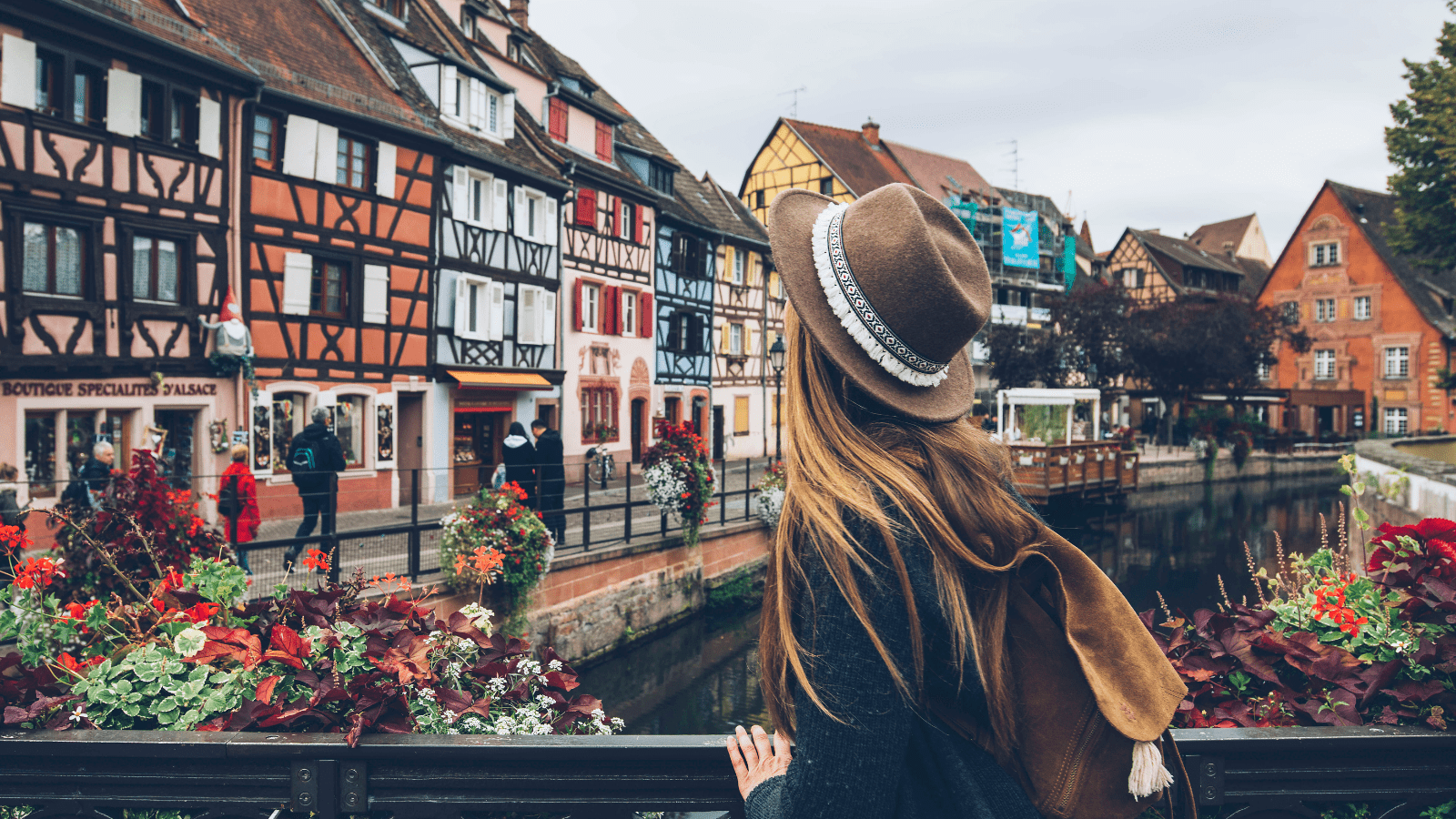
Alsace, a fantastic journey... just like you!
Castles of Alsace, a unique heritage in Europe Welcome to the official #VisitAlsace destination website
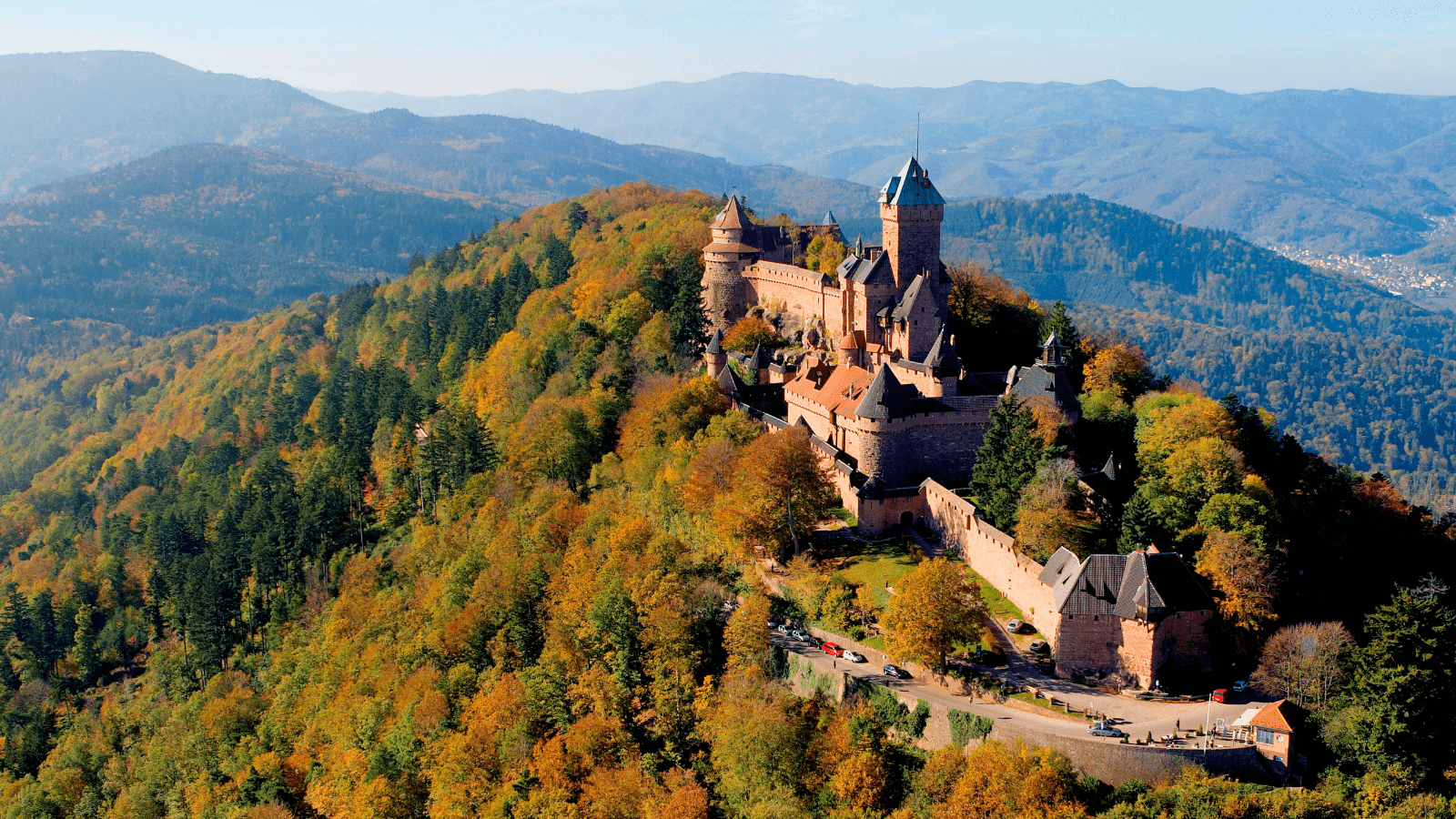
Alsace, a wonderful journey... just like you!
As the seasons change, so do the festivities. Welcome to the official destination website #VisitAlsace
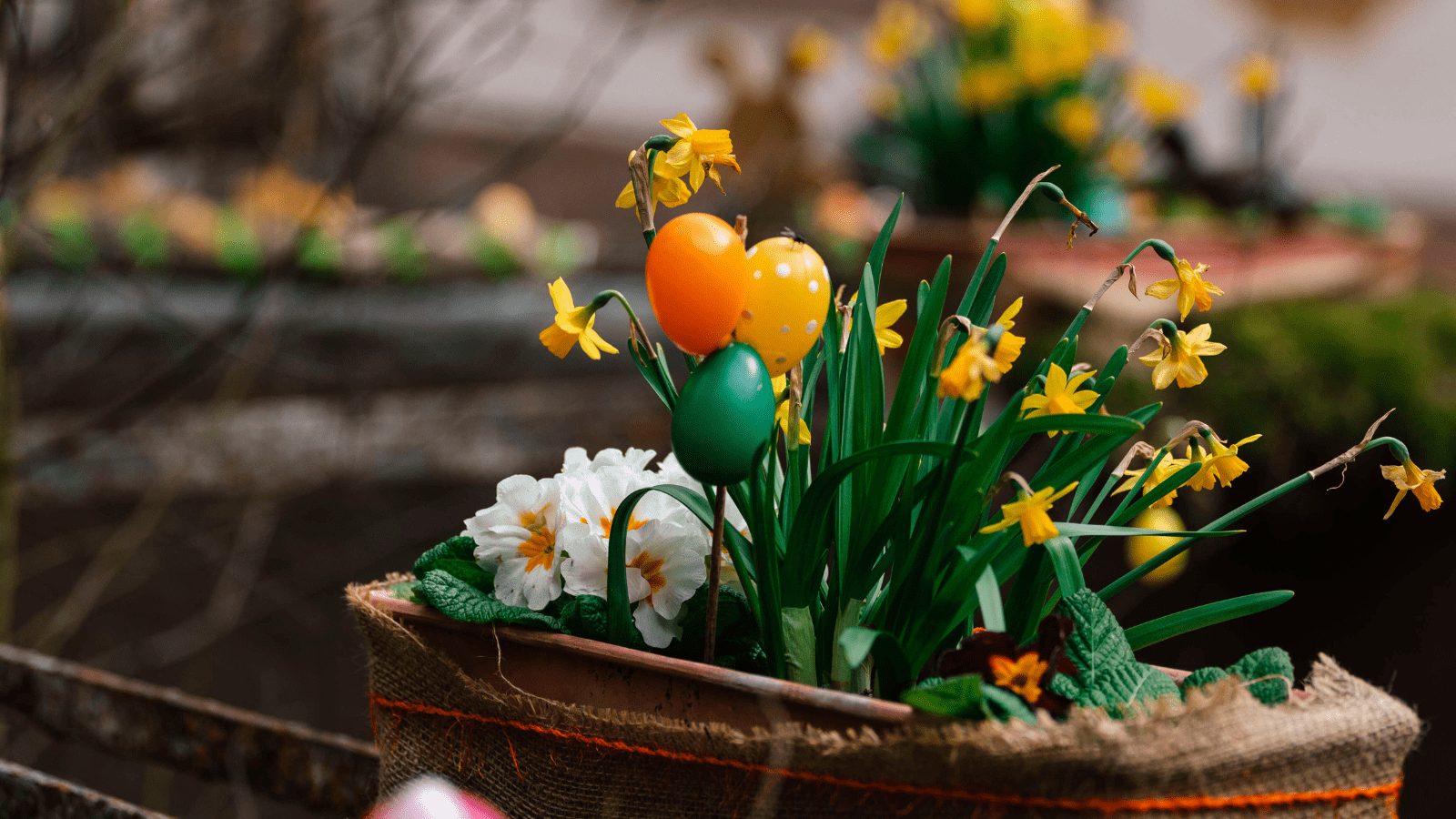
Alsace, so many experiences to enjoy and to share
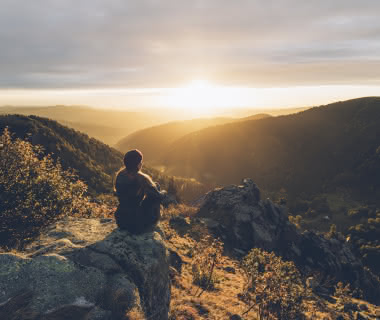
Fill up on good vibes
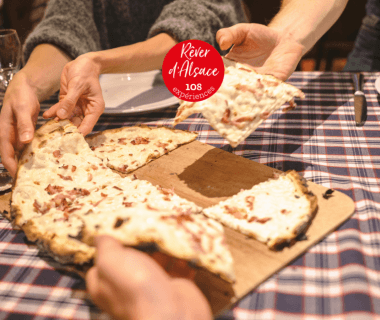
Share a tarte flambée with good company
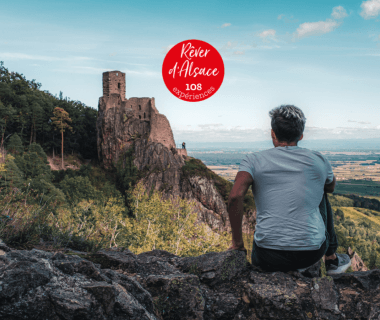
Alsace, a land of castles
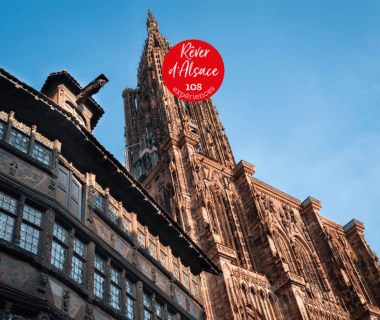
Unlock the secrets of the cathedral of strasbourg
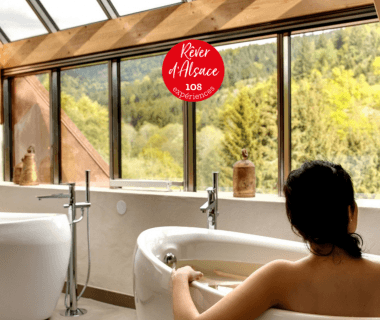
Alsace, land of fortified castles
Like stone sentinels perched along the crest of the Vosges mountains, dozens of castles watch over the plain from the north to the south of Alsace. These marvels of medieval defensive architecture can be seen in the distance, their imposing silhouettes silhouetted against the peaks. They carry with them the memory of centuries of history and have seen generations of men and women come and go. Nestling in the heart of the Vosges forest, the mystery they exude has inspired tales and legends that blend reality and fantasy. An exceptional Alsatian heritage, with the highest density of castles in Europe, a must-see.
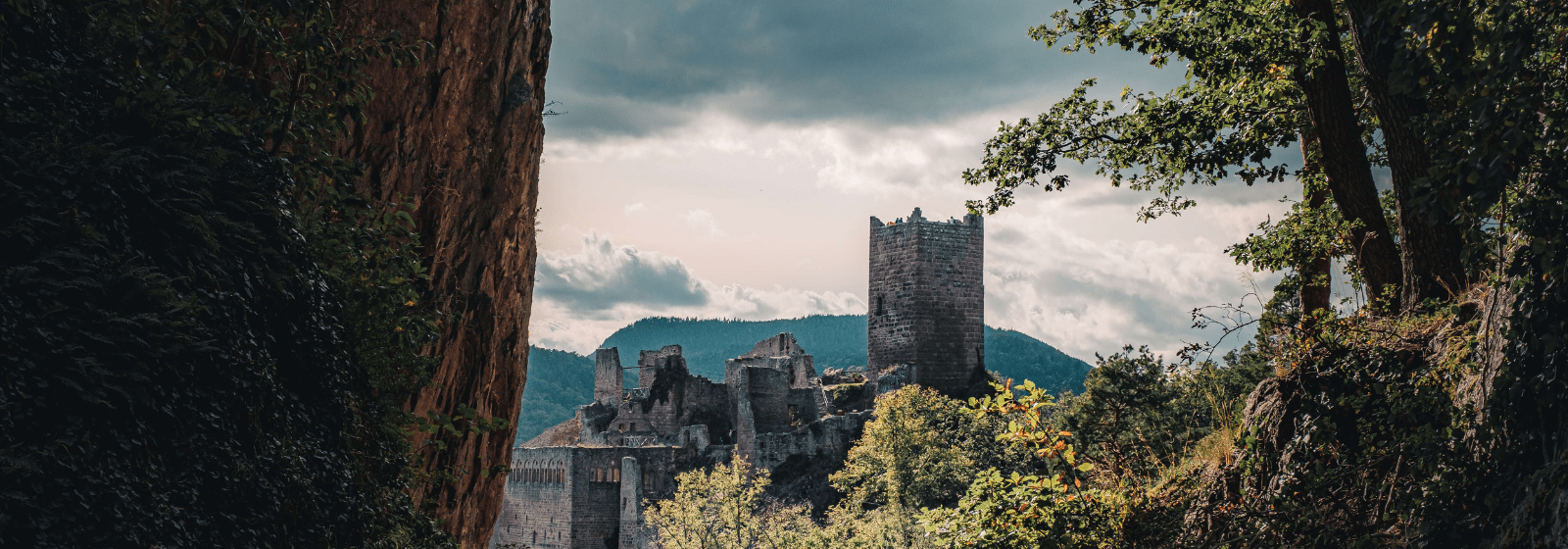
Hopla! Newsletter
I'm criss-crossing Alsace in search of favourites and nuggets to share with you.
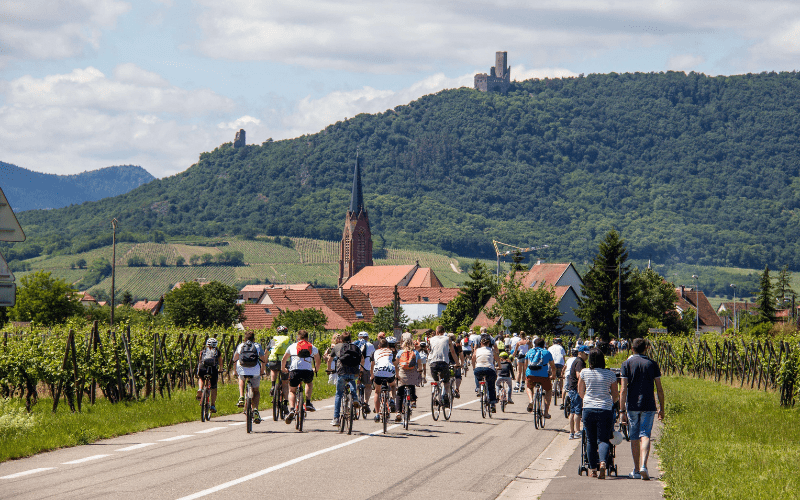
10TH SLOWUP ALSACE ON THE WINE ROUTE
The slowUp Alsace has become a not-to-be-missed event on the Wine Route. The concept is simple: slow down for greater pleasure.
The road is exceptionally closed to motorised traffic for one day. Everyone sets off at their own pace, on bikes, rollerblades or on foot, to take full advantage of the scenery and events along the way.
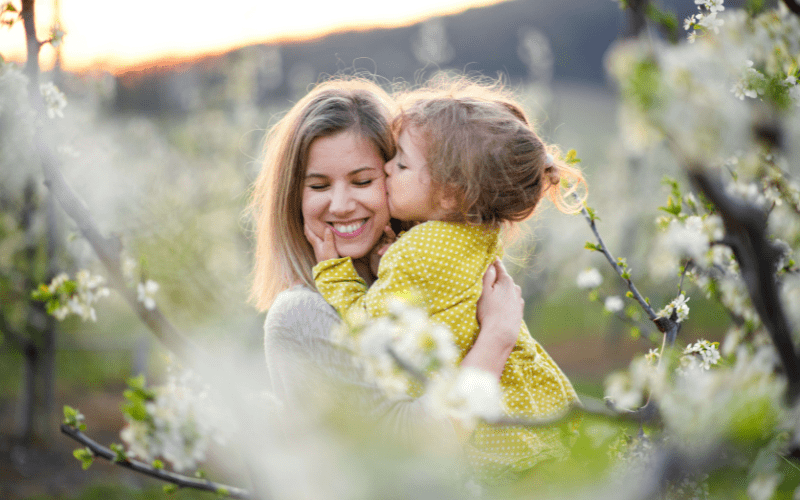
Spring in Alsace
People are busy preparing for Easter and its traditions. We're celebrating the return of Spring and admiring the ephemeral beauty of magnolias and other seasonal flowers in tender colours. Caught up in the energy of spring, we set off along the cycle paths and footpaths to make the most of the new-found fine weather.
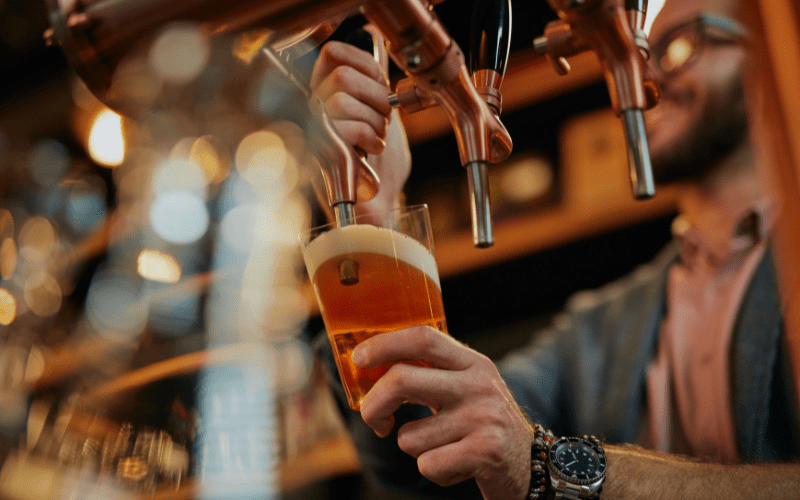
Alsatian beer
Alsace's brewing tradition is well established.
The birthplace of great breweries, it is now enjoying a renaissance thanks to the dozens of small-scale micro-breweries that have sprung up in recent years. Push open their doors to discover how they are made, take part in a brewing workshop or enjoy a tasting session in a taproom.
Blonde, brown, amber or white; lager, lager, IPA, Indian Pale Ale, stout; each brewer has his own recipe, and Alsace beer comes in a thousand varieties.
*Alcohol abuse is dangerous for your health. Drink in moderation.
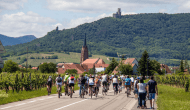
Follow the guide
Small in size but big in its diversity, Alsace is an endless source of surprises and variety, promising a truly exceptional time!
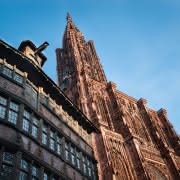
If you love heritage, culture and the art of living, Strasbourg is an exciting, energizing place to be. You’re going to fall in love with it!
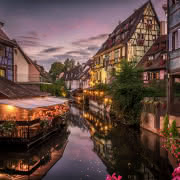
Come to Colmar, one of the quaintest cities in Alsace, and enjoy its art of living!
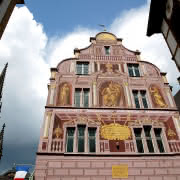
Building on the strengths of its industrial past, Mulhouse now stands out as a creative, innovative place.
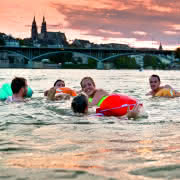
A surprising mixture of gentle living and urban excitement!
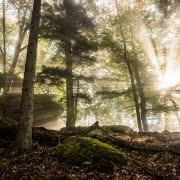
Northern Vosges and Alsace Bossue
In the hollow where the Lorraine plateau meets Northern Alsace lies a secret region with rich, rugged landscapes.
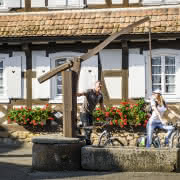
Northern Alsace
A land of craftsmanship and history, Northern Alsace boasts a rich heritage to explore!
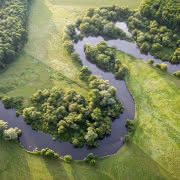
The Plain of Alsace
Shaped by nature, the Plain of Alsace is a unique place, promising outings with a complete change of scenery.
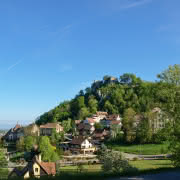
Picturesque Sundgau nestles at the heart of shimmering landscapes and lush green valleys.
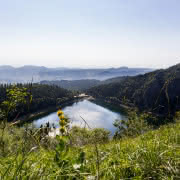
The Vosges Mountains
If you’d like a breath of fresh air, adventure and a change of scenery, come to the Vosges Mountains, where you’ll experience some amazing outings!
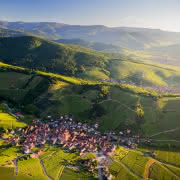
The Alsatian Wine Route
A string of picturesque villages, well-known wine-producing towns and exceptional landscapes await you, for a delicious getaway.
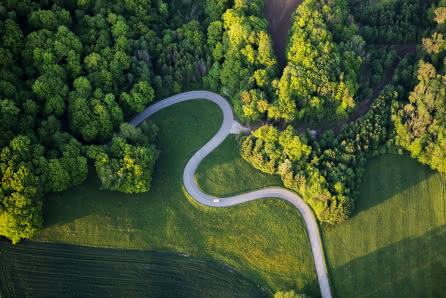
Itineraries
Plenty of inspiration for an ideal stay
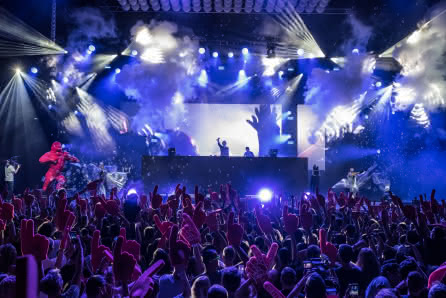
So much to do!
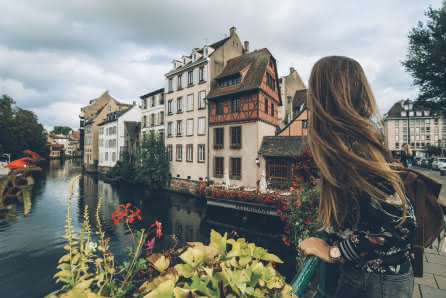
A selection of experiences not to miss
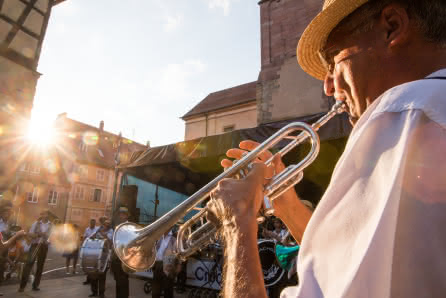
Outings and events
In Alsace, there’s always something to celebrate!
Our theme websites
Get even more ideas and inspiration from our dedicated websites, so you can have the Alsatian experience that suits you best!
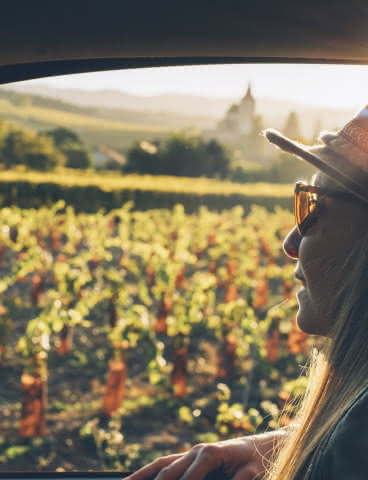
Fall in love with the most mythical of wine routes
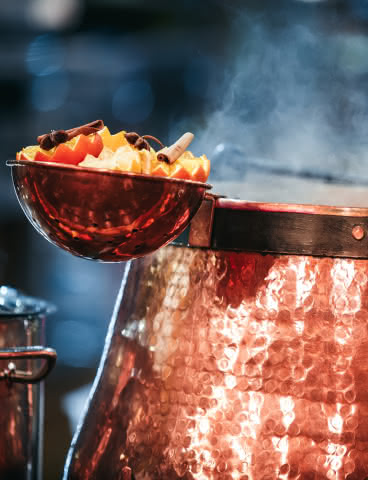
Alsace at Christmas time
Experience the magic and emotion of an incomparable Christmas
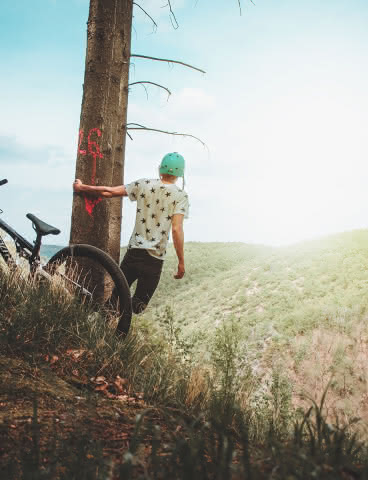
Alsace by bike
Ride through France’s top cycling destination
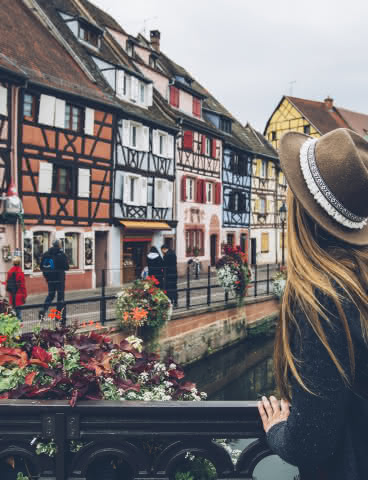
Experience.alsace
To find the best of Alsace
Plan your trip

GETTING AROUND IN ALSACE
Ideally located in the heart of Europe, Alsace is easily accessible thanks to a dense and developed network and a multitude of means of transport.

DOWNLOAD YOUR BOOKLET
Inspiration, discovery, practical information: plan your stay by consulting our various magazines, brochures and guides.

What to do in Alsace and Lorraine?
Inspiration
Alsace and Lorraine

Reading time: 0 min Published on 12 April 2023, updated on 17 May 2024
What are the things you just have to see, do, and taste while you’re in Alsace? From Strasbourg’s Petite France to the little Venice (Colmar), and on to the vineyards and bars, this list is far from exhaustive, but it’s a great place to start.
Visits you cannot miss in Alsace

• Notre Dame Cathedral and the Petite France district in Strasbourg A masterpiece of gothic art, in pink sandstone lace, the cathedral stands majestically above the roofs, while Petite France, with its cobbled streets and picturesque canals, invites you to stroll.
• The old town of Eguisheim on the Alsace Wine Route A stop of charm is needed in this typical small town, where one wanders in the heart of the ramparts, in a maze of alleys, lined with old half-timbered houses.
• The village of Kaysersberg Elected favorite village of the French in 2017, we understand why when we walk on its fortified bridge, in its medieval streets that go up to the castle.
• The Railway Museum and the Cité de l'Automobile in Mulhouse By visiting these two Alsatian museums, you will be glued onto this rail ride, from the first locomotives to the TGV, and the most beautiful car brands in the world: Bugatti, Mercedes, Rolls-Royce, ...
• Colmar, little Venice Capital of the wines of Alsace, she likes the water too, that of her channels where it is good to sail in Venetian style, along the half-timbered houses.
• The humanist library of Sélestat The building designed by Rudy Ricciotti serves as a showcase for the outstanding collection of the humanist Beatus Rhenanus, composed of medieval manuscripts and documents of the fifteenth and sixteenth century.
• Unterlinden Museum of Comar This former convent, now a museum, houses works of art from the late Middle Ages and the early Renaissance, including the famous Isenheim altarpiece.
• The Lalique Museum in Wingen-sur-Moder The glass creation in its entire splendor! The museum revives the delicate art of René Lalique since the 1920s: chandeliers, perfume bottles, vases,...
• The pretty city of Mosheim At the foot of the vineyards, is an old university town, which has preserved amazing buildings, such as the large church of the Jesuits, the Carthusian monastery or a butcher shop of the Renaissance period.
Visits you cannot miss in Lorraine

• The Pompidou-Metz center in Metz In a very contemporary building, the most beautiful works of modern art are exhibited, drawn from the collection of the Center Pompidou in Paris.
• The citadel of Belfort Built between the 17th and 19th centuries, this imposing fortress, partly designed by Vauban, overlooks the city of Belfort.
• Place Stanislas in Nancy Bearing the name of the King of Poland, it was built in the 18th century and connects two neighborhoods, between the old town and the medieval town. It is a perfect example of French classicism, listed as a World Heritage Site by UNESCO.
Essential activities in Alsace
• Hit the giant zip line in the Brumath Forest Guaranteed thrills in this adventure park, zip line at the water's edge! Other courses take you into suspension in a forest of oaks and beeches.
• Take a look at the historic sites of the Great War The Historial de la guerre from 14-18 traces the tragic events of this period, to the summit of the Hartmannwillerkopf massif, nicknamed the Mountain of Death.
• Take off the barefoot trail of Lac Blanc If you have always dreamed of walking barefoot on a path, now is the time. On a 1.2 km long course, you will tread a variety of soils: stones, wood, bark, slabs, sand, fir cones, small rivers ...
• Strolling between the smells of anise and cinnamon at the Christmas market in Strasbourg Been alive since 1570. In its 300 small cottages, we find everything that creates the magic of Christmas: confectionery, decorations, gingerbread, traditional crafts, toys,...
• To think of himself as a knight at Haut-Koenigsbourg castle To visit the castle is to dive into the Middle Ages. This ancient fortress 800 meters above the plain of Alsace, has been fully restored in the spirit of the 12th century.
• Take the reins of a carriage to explore the Ried On 2000 hectares, is a rich nature reserve of wet meadows and forests. Take the time to discover it in a carriage, drawn by draft horses, the old-fashioned way.
• Treat yourself to a gastronomic moment in one of the Michelin-starred restaurants Alsace is a land of great chefs. Some thirty Michelin-starred restaurants exist, such as L'Auberge de l'Ill in Illhaeusern, Bistrot des Saveurs in Obernai, Painter's Workshop in Colmar, Le Kasbür in Saverne, and many more ...
• Dine in the vineyards at Philippe Sohler Estate An unforgettable experience in the heart of the vineyards for an outdoor dinner, where you can taste great wines, to suit your meals.
• Cross the winter and the Munster Valley with sled dogs What's more invigorating than crossing the snow-covered forests of the Vosges, pulled by a team of dogs? This is possible at the Ballon d'Alsace, at the foot of Black Lake or at the Platzerwasel pass.
• Approach the Barbary macaque to Monkey Mountain In a forest of 24 hectares, they are very close to you and the guides explain everything about their behavior.
• Visit the Christmas markets Alsace knows how to highlight Christmas, and the traditional markets are numerous. In Strasbourg,
Essential activities in Lorraine

• Follow the bison on safari in Petit Réderching They come from the United States, and are raised in freedom in the heart of the country of Bitche, in a ranch installed on 103 hectares of pastures.
• Get fresh ideas in Vittel and Contrexéville These spa towns of the Vosges have waters beneficial to health. They rely on well-being in a Belle Époque atmosphere.
• Enjoy Lake Gérardmer In the summer, you can indulge in paddling, rowing, sailing, swimming. In winter, you can ski on the 100 km of Nordic trails connected to the area of Xonrupt and La Bresse.
• Relive the Battle of Verdun Symbol of the great war of 14-18, Verdun is visited with emotion: its memorial, its ossuary, its underground citadel, its World Center of Peace. You mustn’t forget…
- Plan your trip to Alsace
- Must-see: 6 Disney-destinations in France

By Rédaction France.fr
The magazine of the destination unravels an unexpected France that revisits tradition and cultivates creativity. A France far beyond what you can imagine…
Grape Harvest in Alsace

Ice Skating Rinks

Visit Mulhouse

Barge and river cruise with CroisiEurope in France
Getting to alsace.

Loire Valley, Champagne and beyond, The perfect blend

Lunéville, Royal Lorraine


Longwy : beetween land of history, arts of fire and green spaces

These are the Best Alsace Villages to Visit
Article written by Elisa - Travel Writer & Local in France This article may contain compensated links. Please read disclaimer for more info.
Most Beautiful Villages in Alsace
Alsace , in Eastern France, is a region well-known for its medieval villages, hilltop fortresses, Christmas Markets , and good wines. This coveted bucket list destination in the Grand Est region is awash with idyllic charm; everything from the architecture to the landscape is captivating and inviting in equal measure.
From north to south, there are plenty of pretty small villages and towns in Alsace to discover. With great scenery, picturesque alleys, lovely squares, and medieval buildings, these Alsace villages are enchanting places not to be missed!
Choosing which typical towns and villages in Alsace to visit on your holiday can be challenging; all these Alsatian villages are gorgeous! We’ve researched some of the most authentic and beautiful villages in Alsace to give you a real taste of local life. Some of these Alsace best villages are part of the Alsace Wine Route , while others are off the beaten path.
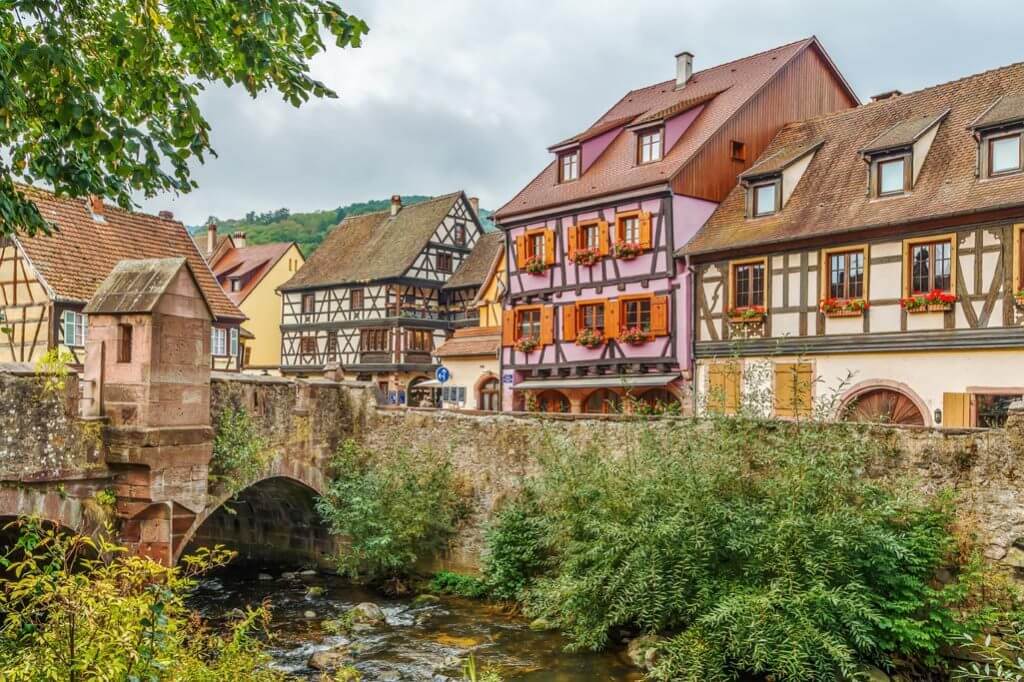
GOOD TO KNOW: the main reason you won’t find Colmar on this list of best Alsace villages is that Colmar is not a village but a city! With 70,284 inhabitants (2015 INSEE), Colmar is the third biggest city in Alsace, only after Strasbourg and Mulhouse. However, Colmar is an excellent place to stay in Alsace as there are many pretty villages near Colmar. Check out where to stay in Colmar and the best things to do .
How to Visit the Best Villages in Alsace
For your visit, we recommend exploring these villages as part of an Alsace Road Trip . Driving around this gorgeous region is a revelation and a great way to see as much as possible.
Start your Alsace explorations in Strasbourg , Colmar, or Sélestat, and once you have visited these gorgeous cities, hire a car to explore the rest of the region on four wheels. Check out our quick guide to France by car and our best tips for renting a car in France .
Click here to rent your car in Alsace
By Guided Tour
Guided tours are an excellent way to explore the Alsace villages. Tours leave from Colmar or Strasbourg, and they usually include 2 or 3 of the prettiest villages in Alsace and a local lunch with wine tastings. Get the most out of rural Alsace traveling on a comfortable minivan with the comments of a knowledgeable guide.
> This full-day tour Alsace Villages Wine Route from Strasbourg visits Ribeauvillé, Riquewihr, Kaysersberg, and Eguisheim.
> This Alsace Villages half-day tour from Colmar visits Kaysersberg, Riquewihr, and Hunawihr.
Best Alsace Villages Map
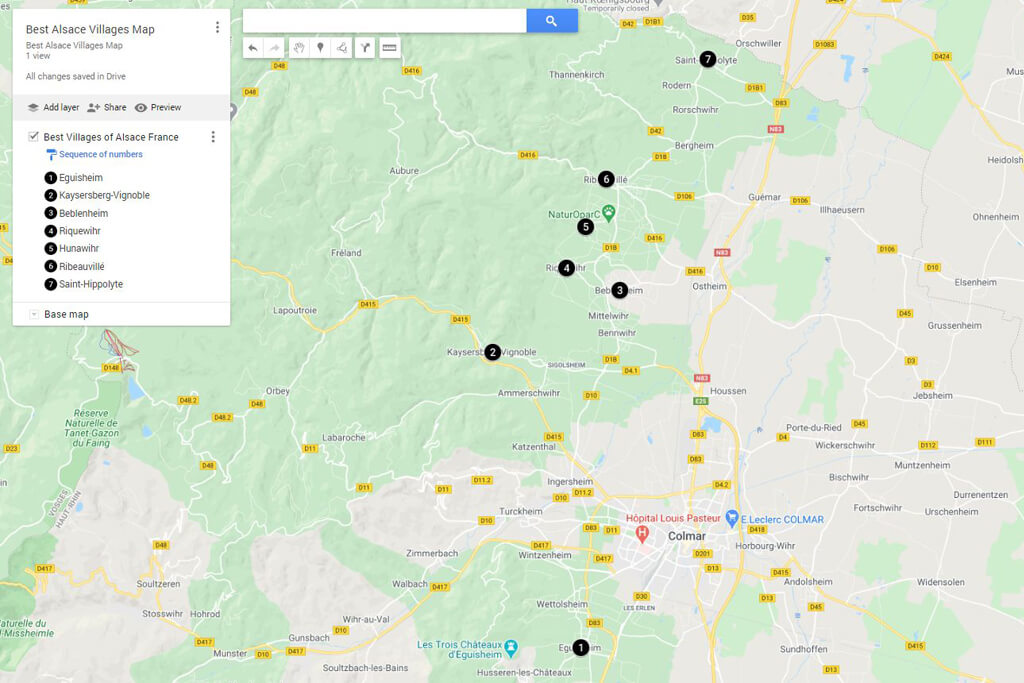
Click here to view the Best Alsace Villages Map on Google
Best Alsace Villages Near Colmar
From Eguisheim to Hunawihr, here are the 5 best Alsace villages near Colmar to visit – and a hotel recommendation for the main ones.
1. Eguisheim
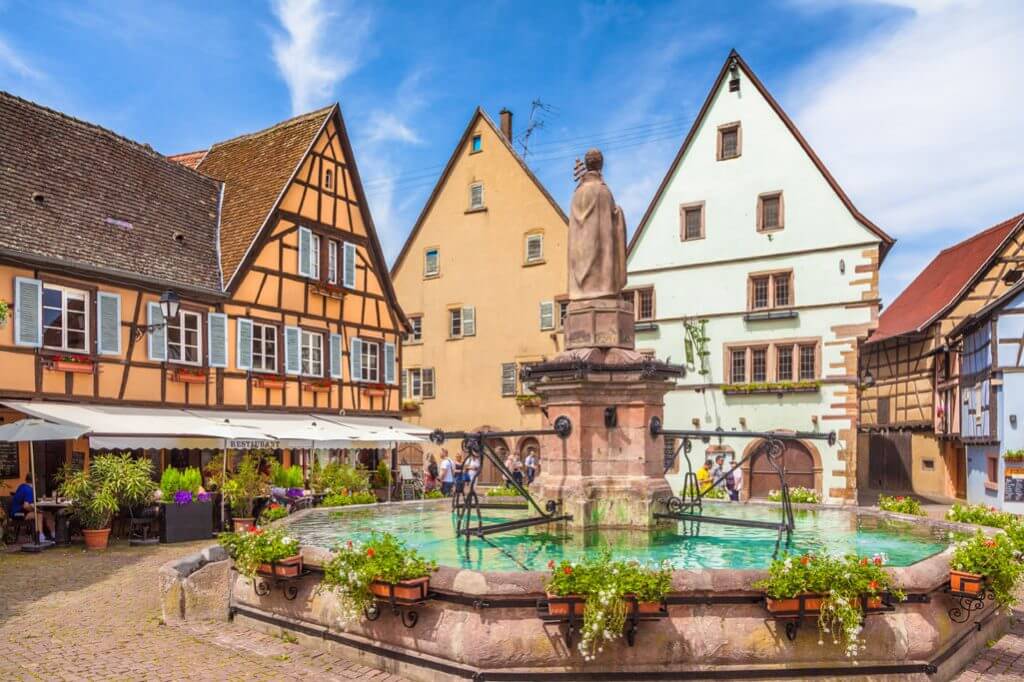
Located just out of Colmar, Eguisheim (Haut-Rhin) is a wonder. This Alsace village has a unique layout, where the streets are arranged in concentric circles around the Château Saint-Léon.
Eguisheim is Pope Léon IX’s birthplace. The sculpture of the Pope dominates Place du Château from the top of the beautiful Renaissance fountain.
Wander around the narrow cobbled streets, flanked by the beautiful architecture of half-timbered houses with balconies and windows full of flowers. Don’t miss the central square with its magnificent stone fountain, the Château Saint-Léon , and Saint-Pierre-et-Paul Church with its unique Vierge Ouvrante (14th century). In November and December, the Eguisheim Christmas Market is always one of the most beautiful Christmas Markets to visit in Alsace.
Where to Sleep in Eguisheim
- Few places in Alsace can beat Hostellerie du Château for its incomparable location (on the main square) and its rooms with a unique charm.
- Live like a local in Notre Maison à Eguisheim , one of the village’s picturesque houses with a well-equipped kitchen, garden, and room for 6 people.
2. Kaysersberg
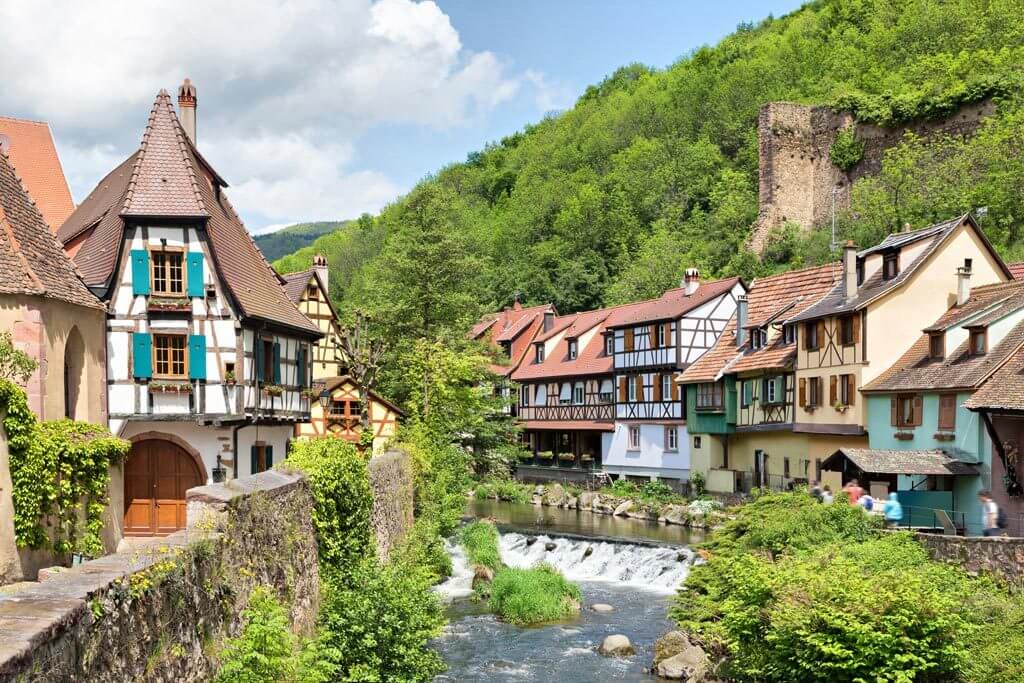
Kaysersberg Vignoble (Haut-Rhin) is one of the best towns in Alsace to visit along the Wine Route. Nestled at the entrance of a Vosges Valley, 11 km northwest of Colmar, Kaysersberg is built next to the River Weiss, which flows between the houses.
Kaysersberg means “‘the Emperor’s mountain,”‘ and the ruins of the imperial castle that dominates the city have an incredible charm.
You are going to love Kaysersberg, with its beautiful historic center, its many half-timbered houses from the 15th – 16th centuries, and a unique fortified bridge (1514) built in pink sandstone from the Vosges. Don’t miss the Sainte-Croix Church (12th century) with its magnificent Romanesque portal.
3. Beblenheim
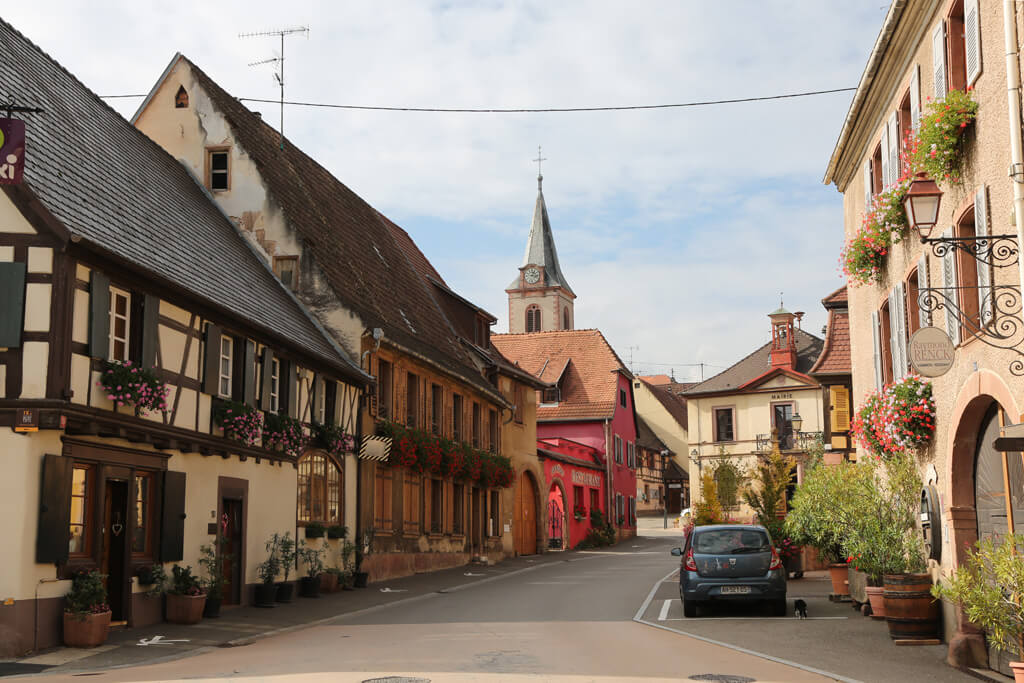
Bleblenheim (Haut-Rhin) was the surprise of our last trip to Alsace in October 2020. One of the lesser-known Alsace wine villages on the Wine Route, Bleblenheim stretches out at the foot of the Sonenglanz, the hill producing the famous Grand Cru.
Bleblenheim is as picturesque as the most popular Alsace villages on this list, but it does not see the crowds of Riquewhir or Kaysersberg. Mostly destroyed during WW2, Bleblenheim was totally rebuilt after the war. However, the village still keeps a postcard-picture look and twenty or so houses from the 16th-17th centuries.
Admire the Gothic-style fountain of Saint-Nicolas (16th century) at the entrance of the village. On 14 Rue de Hoegen, the former château works today as a wine cooperative. Then, get lost in its winding streets with its pretty half-timbered houses. The Rue Saint-Martin and Rue Jean Macé are particularly picturesque.
4. Riquewihr
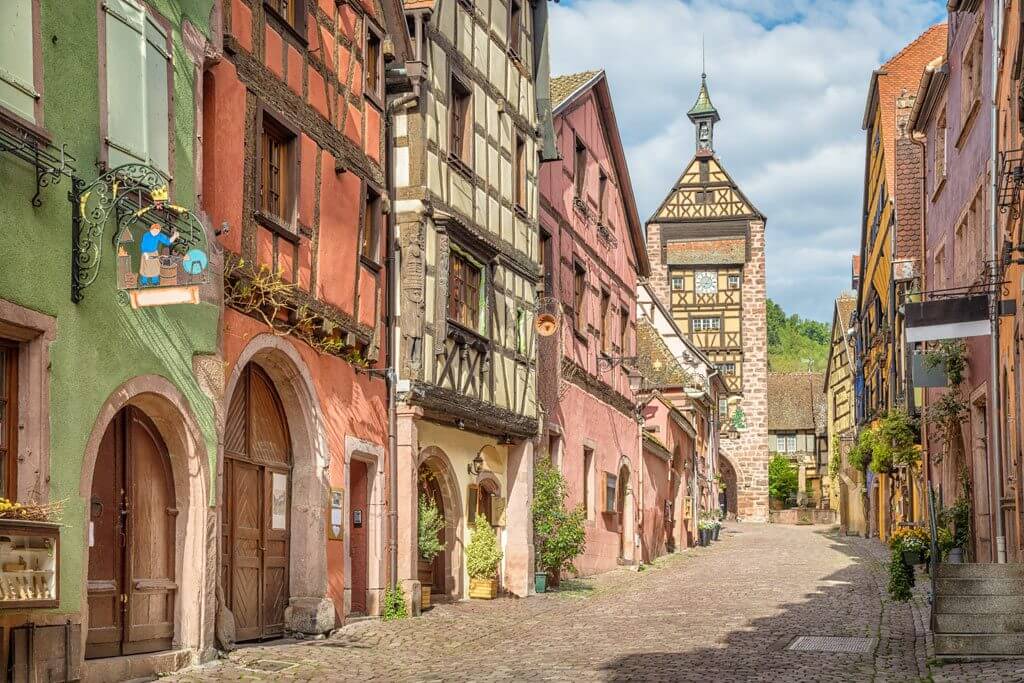
Nestled in the vineyards, 15 km northwest of Colmar, Riquewihr (Haut-Rhin) is one of the best villages Alsace has to offer and our personal favorite.
Riquewihr has everything to fall in love with it. This fortified Alsace village was built in the 16th century, and it is as if time has slowed down in this town.
Apart from its beautiful half-timbered houses and picturesque alleys, Riquewihr has no less than 40 classified Historical Monuments and three museums. Don’t miss the famous Thieves’ Tower , the former prison of Riquewihr, or the Rue du Général de Gaulle , with its winegrowers’ houses from the 16th and 17th centuries. Then, follow the town’s walls and visit the village’s three defense towers, some of Alsace’s oldest fortifications.
Where to Sleep in Riquewihr
Sleeping in Riquewihr is a good alternative to Colmar. During the day, Riquewihr is packed with day tourists, but at night, there’s a much more local atmosphere than in Colmar.
- The charming Hotel à l’Oriel is located in the heart of the Old Town, and it offers individually decorated traditional rooms, a good breakfast, and private parking.
- If you prefer an apartment with a kitchen, the lovely La Maison d’Amélie is central and comfortable, and it always gets the best ratings
5. Hunawihr
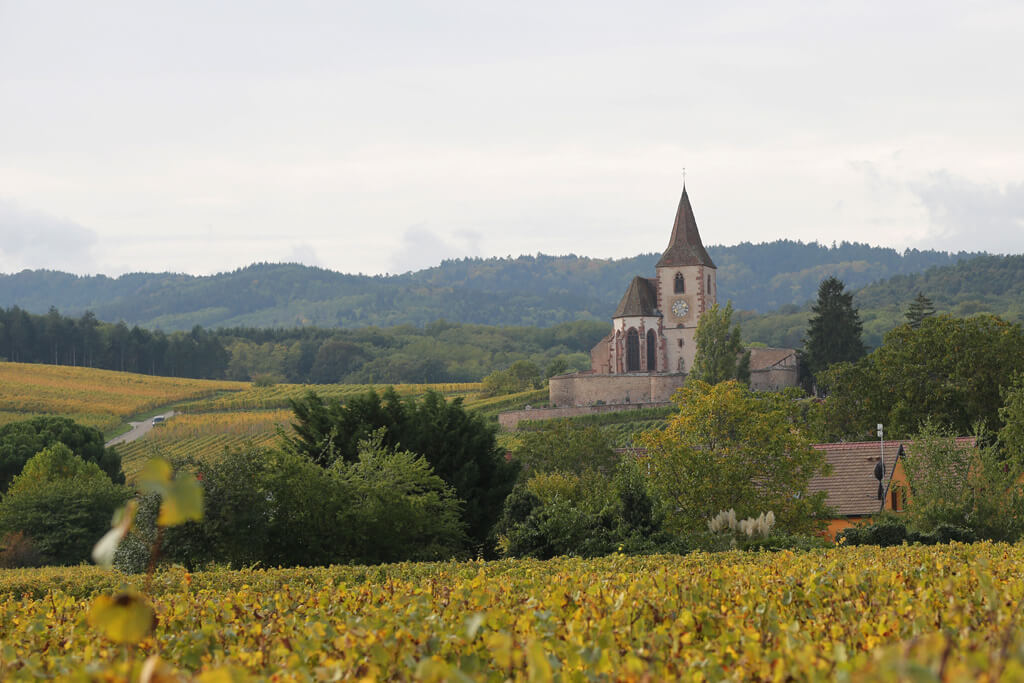
This lovely Alsace village located out of Riquewihr is one of the most beautiful villages in Alsace to visit, best known for its unique fortified church Saint-Jacques-le-Majeur , built in the 14th century. From the church’s cemetery, there is a wonderful view over the plain of Alsace and the Black Forest.
Explore Hunawihr ‘s cobbled streets, colorful houses, and the beautiful stone fountain (18th century) with two secondary basins.
Hunawihr is one of the stops of the Grands Crus Wine Trail , a lovely 16km-hike that goes through the Alsace vineyards of the communal territories of Riquewihr, Beblenheim, Benwihr, Hunawihr, and Zellenberg. This rural trail (4.5 hours for the full loop) starts out of Riquewihr, and it includes interpretive panels explaining the works in the vineyards and wine production.
Alsace Best Villages Near Sélestat
The city of Séleestat is also a good base to explore some of the most beautiful towns in Alsace. City of Art and History, Sélestat is the third city in Alsace for the wealth of medieval heritage, only behind Strasbourg and Colmar. From Sélestat, you can explore some of the best villages in Alsace and other beautiful places to visit in Alsace , like the Vosgues or the Château du Haut-Koenigsbourg.
6. Ribeauvillé
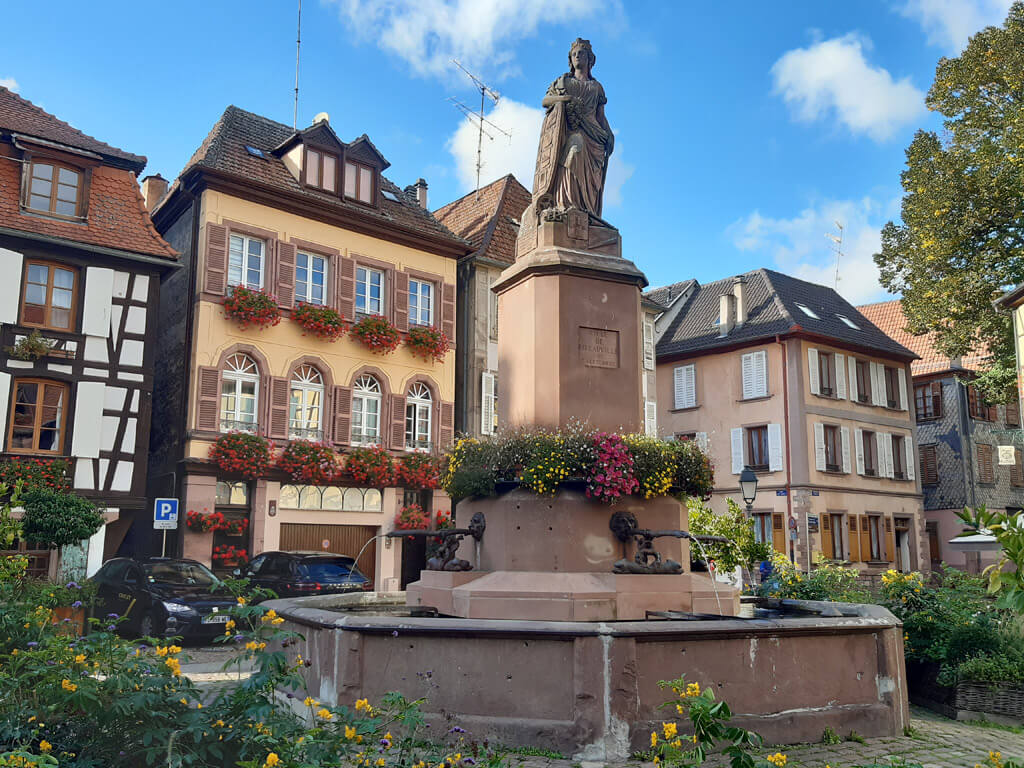
With an ideal setting between the Vosges and vineyards, the historic and wine-growing town of Ribeauvillé is a must for the Alsace Wine Route.
When visiting this Alsace village, don’t miss the Grand Rue , with charming half-timbered houses along it, and the Tour des Bouchers (13th-16th centuries). The picturesque Place de la Sinne, with its beautiful stone fountain (1862), is worth a stop too.
Ribeauvillé still keeps part of its medieval fortifications, overlooked by the ruins of the three castles of the Counts of Ribeaupierre. In November and December, the Medieval Christmas Market of Ribeauvillé is a must in the region.
7. Saint-Hippolyte
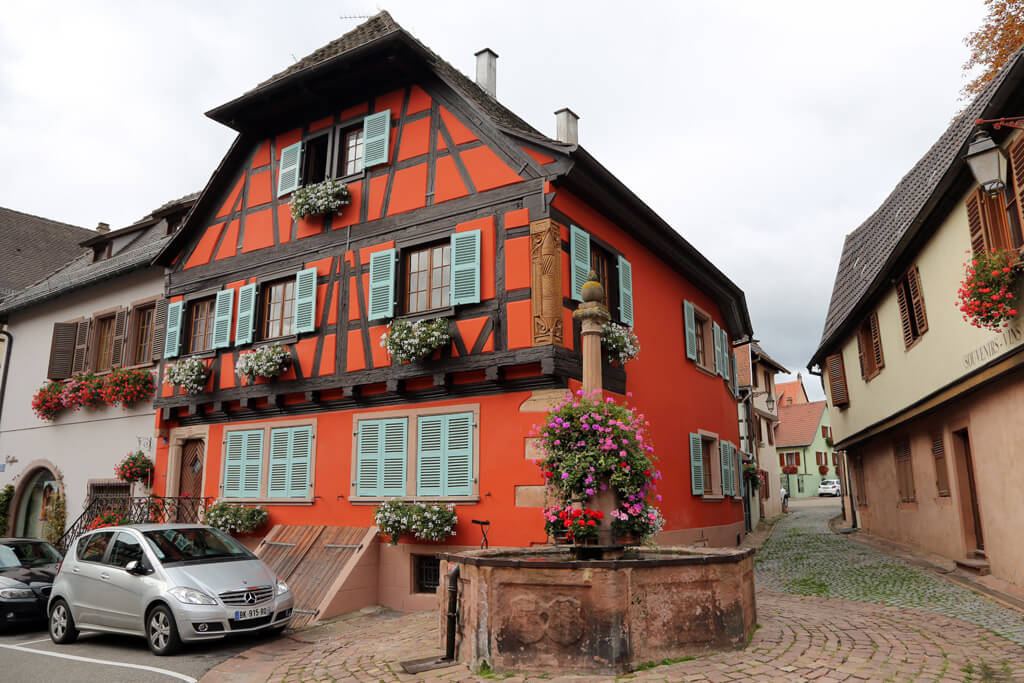
Saint-Hippolyte (Haut-Rhin) will always be remembered for the amazing lunch we had at the local winstub, which belongs to the Hôtel à la Vignette . Indeed, this small village located at the foot of the Château du Haut-Koenigsbourg was the perfect lunch stop after the visit to the castle.
Saint-Hippolyte belonged to the Dukes of Lorraine. This enclave in the heart of Alsace was fortified around 1310 with ramparts and ditches reputed impregnable. The Dukes of Lorraine loved the wine from Saint-Hippolyte, and chariots overloaded with liters of wine crossed the Vosges regularly to the Dukes’ Palace in Nancy.
Explore Saint-Hippolyte’s streets, with pretty architecture and flourished balconies, and the walk that follows the ramparts. Don’t miss the beautiful stone fountain located at Place Hotel de Ville (1555).
Click here for more Travel Inspiration
Back to Homepage
Disclaimer: This article may contain compensated links, meaning we get a small commission if you make a purchase through our links. It costs you nothing more (in fact, if anything, you’ll get a nice discount) but helps us to go on creating incredible French content for you. We trust all products and brands promoted here and would never recommend anything that isn’t of value. Please read disclaimer for more info.
(C) Copyright 2019 - 2024 France Bucket List. All Rights Reserved. Designed & Developed by France Bucket List || Disclaimer || Privacy Policy || Contact |

14 Top-Rated Attractions & Places to Visit in Lorraine
Written by Lisa Alexander Updated Dec 26, 2023 We may earn a commission from affiliate links ( )
Elegant historic cities and peaceful bucolic scenery await visitors to this undiscovered region in eastern France. Outside of the industrial cities, Lorraine is an idyllic pastoral landscape of prairies, forests, rolling hills, lakes, rivers, and mineral springs.
Beautiful nature sites, vacation retreats in the Vosges Mountains, and Belle Epoque spa resorts create the perfect setting for a relaxing holiday.
For those who appreciate art and culture, the architectural treasures and museums of Nancy, Bar-le-Duc, and Sarrebourg are not to be missed. History buffs will also find plenty to discover in the old citadel towns of Metz, Toul, and Verdun.
Plan your trip to this scenic region with our list of the best places to visit and things to do in Lorraine.
See also: Where to Stay in Lorraine
5. Bar-le-Duc
6. gérardmer, 7. sarrebourg, 9. saint-mihiel, 10. château de lunéville, 12. thillot, 13. parc regional de lorraine, 14. phalsbourg, where to stay in lorraine for sightseeing, map of attractions & places to visit in lorraine.
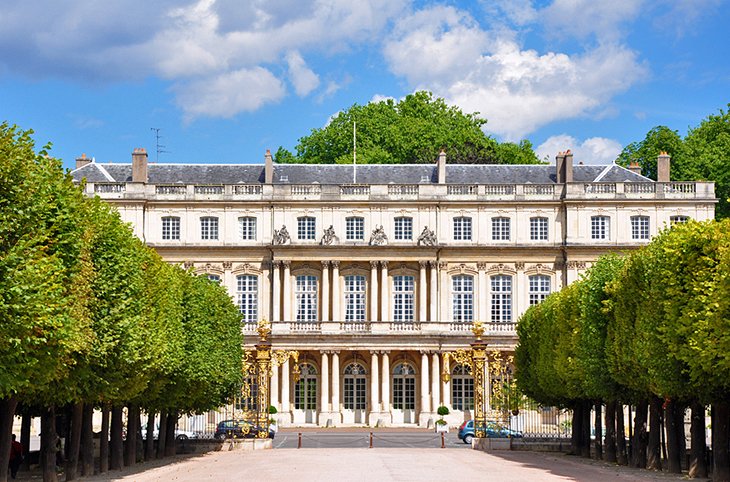
The old capital of Lorraine, Nancy is renowned for its magnificent 18th-century Baroque architecture. One of Europe's most exquisite squares, the UNESCO-listed Place Stanislas is lined with impressive palaces featuring ornate balconies.
Another way to appreciate the city's cultural heritage is by visiting the museums. The Musée des Beaux-Arts has a prestigious collection of European paintings from the 14th to 20th centuries. The Palais des Ducs de Lorraine houses the Musée Lorrain' s collection of archaeological, art, and historical objects.
In the early 20th century, the Art Nouveau movement flourished in Nancy. The Musée de l'Ecole de Nancy displays Art Nouveau ceramics, glass, furniture, and jewelry.
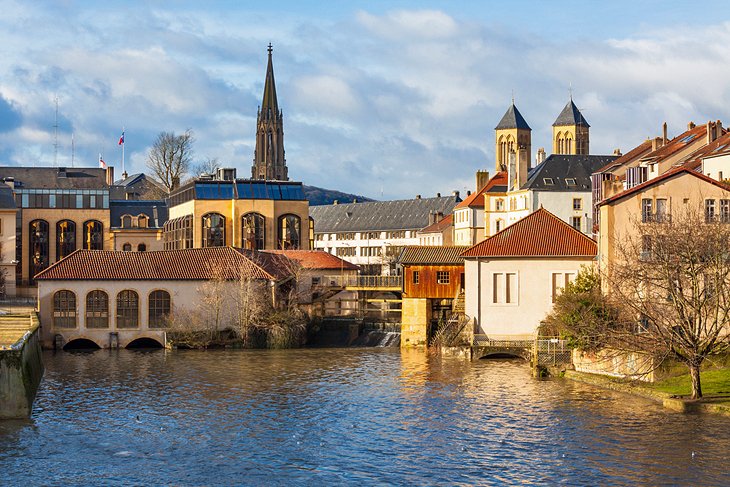
Visitors marvel over the variety of cultural attractions in Metz , while delighting in the city's old-world ambience. The Colline Sainte-Croix quarter is an enchanting cluster of cobblestone streets, narrow lanes, pleasant shaded squares, and handsome historic houses.
Tourists are sure to be dazzled by the Cathédrale Saint-Etienne . The immense Gothic cathedral is known as " la Lanterne du Bon Dieu " ("The Lantern of God") because it has 6,500-square meters of brilliant stained-glass windows that illuminate the sanctuary. Three windows by Marc Chagall decorate the North transept.
The city's finest museum is the Musée de La Cour d'Or , which displays a collection of archaeology, medieval art, everyday objects, and fine arts. Highlights include paintings by Eugène Delacroix, Jean-Baptiste-Camille Corot, and Gustave Moreau.
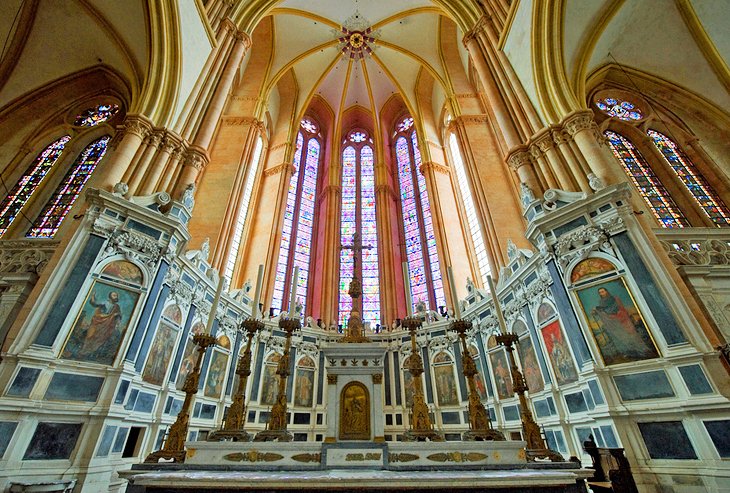
Because of its strategic location, Toul was fortified in the 17th century. Defensive walls with four gates (including the Porte de Metz designed by Vauban) still surround the town.
An equally important religious heritage is revealed at the Cathédrale Saint-Etienne. This splendid Gothic cathedral features a facade with detailed decor resembling lacework. The cathedral's cloister (dating to the 13th and 14th centuries) is among the largest in France.
Also not-to-be-missed, the Eglise Saint-Gengoult has one of the most beautiful 16th-century Flamboyant Gothic cloisters in existence. The church also features distinctive 13th-century stained-glass windows.
On the Rue Général-Gengoult , there are a number of historic houses dating back to the medieval era, such as the Hôtel des Chevaliers de Malte (which belonged to the Knights of Malta).
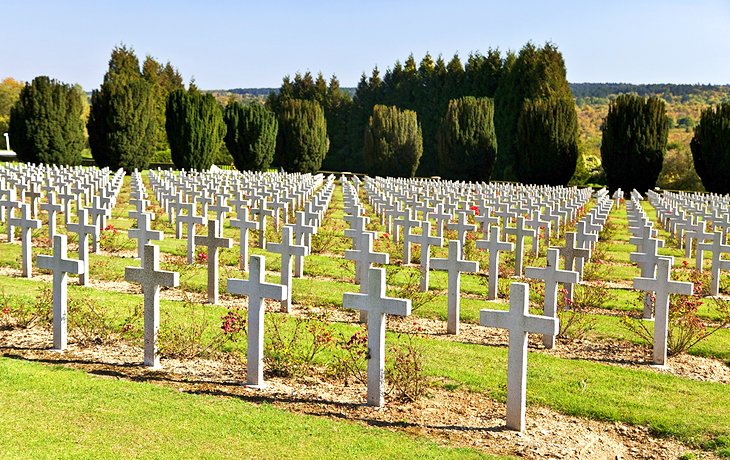
Verdun has endured a turbulent past. The medieval walled town defended itself from invaders with an impressive system of ramparts (remnants include the 12th-century Porte Châtel and the 14th-century Porte Chaussée ).
Verdun played an important role during the Franco-Prussian War (a sculpture by Rodin at the Frères Boulhaut Promenade commemorates the battle of 1870), as well as during the First World War (most notably, the famous Battle of Verdun in 1916).
Those interested in the history can learn more at the Citadelle Souterraine de Verdun , a subterranean citadel used during the First World War as a departure point for soldiers and a place of shelter. The citadel is now a museum that gives visitors an insight into WWI soldiers' everyday life. There are also audio-visual presentations about the Battle of Verdun.
In the hills outside of Verdun are the sites of WWI battlefields, where the marks of shells are still visible. The Battle of Verdun , one of the most brutal battles of the First World War, took place here from February to December of 1916.
Standing amid the historic battlefields is the Mémorial de Verdun Champ de Bataille , a memorial that was originally created by survivors of the Battle of Verdun to honor their fallen comrades. From 2013 to 2015, the memorial was renovated in contemporary style.
The Mémorial de Verdun has a museum that displays over 2,000 items found at the battlefields, including equipment, weapons, and everyday objects, as well as archives of old newspapers, propaganda materials, posters, photo albums, and military records.
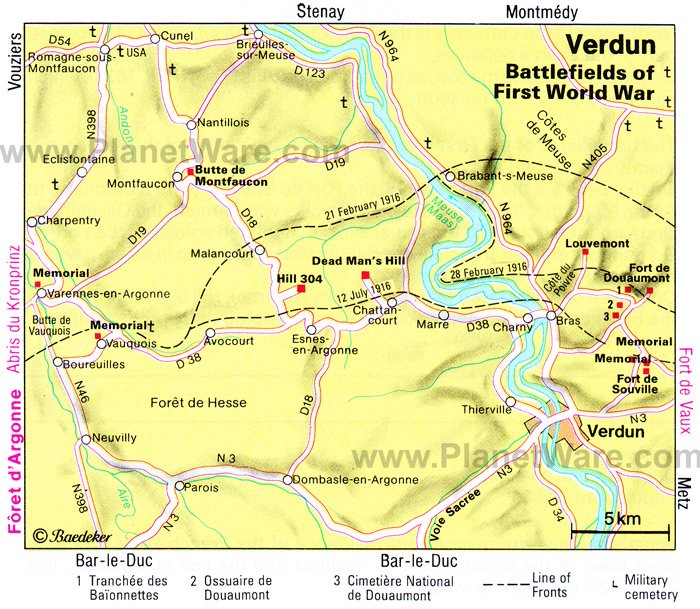
Brimming with cultural attractions, Bar-le-Duc is renowned for its annual Renaissance Festival , which takes place the first weekend in July. This historical capital of the Duchy of Bar is classified as a Ville d'Art et d'Histoire (City of Art and History).
Perched on a hilltop, the Ville Haute (Upper Town) boasts important landmarks from the medieval and Renaissance eras, including the Flamboyant Gothic Eglise Saint-Etienne and the 16th-century Château des Ducs de Bar , a registered Historic Monument that was once the residence of the Dukes of Bar and Lorraine.
The château now houses the Musée Barrois , a museum that was modeled after the Louvre in Paris. The museum houses a wide range of collections, from fine arts and decorative arts to archaeology and ethnography. Sculptures of the 19th and 20th century are scattered throughout the museum's garden, a delightful place to take a leisurely stroll.
In the Ville Basse (Lower Town) are more modern monuments, such as the Eglise Saint-Jean , which exemplifies a blend of Neo-Gothic, Neo-Romanesque and Neo-Byzantine architectural styles.
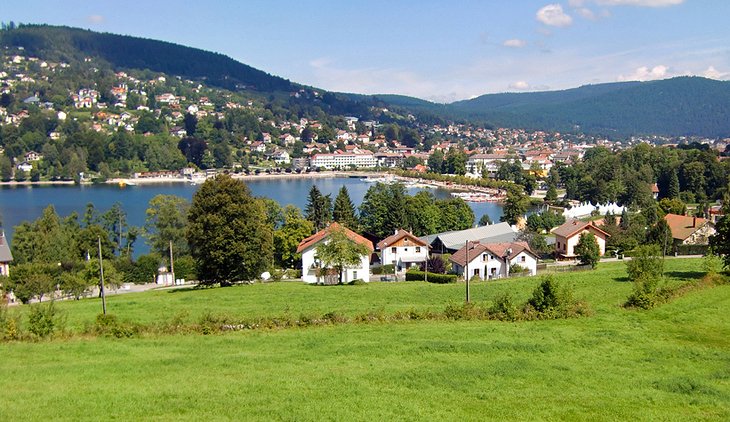
The popular holiday resort of Gérardmer enjoys a picturesque setting in the lake district of the Vosges Mountains . Gérardmer's pristine alpine setting and excellent tourist facilities attract nature lovers and outdoor sports enthusiasts throughout the year.
During summer, the Lac de Gérardmer is a bustling scene of water sports such as sailing and canoeing. The area also has well-groomed walking, hiking , mountain biking, and horseback riding trails. The Station de Trail provides detailed trail maps.
In winter, Gérardmer is a destination for downhill and cross-country skiing. In the surrounding area nearby are the lakes of Longemer and Retournemer.
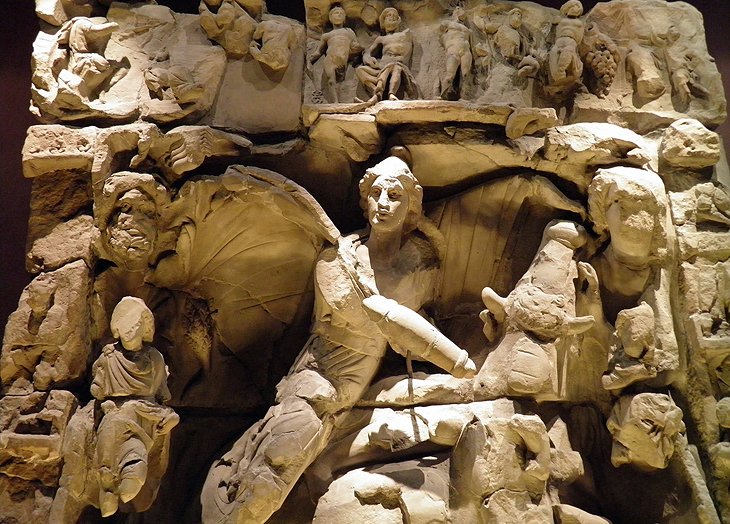
Sarrebourg is tucked away in the Vosges Mountains by the Sarre River. This historic town boasts a remarkable 13th-century chapel, the Chapelle des Cordeliers .
Spectacular stained-glass windows by Marc Chagall adorn the chapel. The most famous work by Chagall is a masterpiece titled La Paix ( Peace ) that illuminates the choir.
Visitors will also enjoy the chapel's educational content about the life and work of Marc Chagall, as well as the Jardin de Chagall . This leafy sheltered garden features art installations and hidden spaces where visitors can listen to audio excerpts of interviews with Chagall.
Another exceptional cultural attraction is the Musée du Pays de Sarrebourg , which has an excellent collection of archeological finds from the surrounding area. There's also an exhibit of porcelains and faïences and an area devoted to Marc Chagall which displays La Paix tapestry.
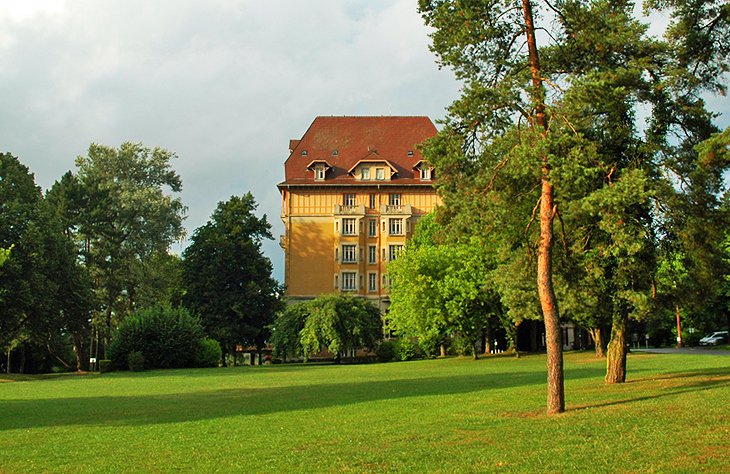
This historic spa town is ideal for a rejuvenating vacation. Lush gardens and parks give the town a tranquil ambience.
An expansive green space, the Parc Thermal, surrounds the renowned Vittel Spa . This modern facility offers pampering spa treatments, Jacuzzis, spaces for relaxation, and thermal hydrotherapy treatments that soothe muscles and promote well-being.
The town's mineral waters have long been appreciated for their health benefits. In the 1st century AD, the ancient Roman general Vitellius discovered the healing properties of the local waters. During the Belle Epoque era, the thermal waters were rediscovered, and many elegant hotels were built in Vittel to accommodate the influx of visitors.
In the 1880s, celebrated architect Charles Garnier designed elegant thermal bath facilities and the prestigious Grand Hotel (today part of Club Med Vittel Le Parc - France ). By the early 20th century, Vittel became an international spa resort.
For upscale overnight accommodations, visitors can stay at the Club Med Vittel Le Parc or the Club Med Vittel Ermitage , which features an Art Deco facade, a Roaring Twenties-inspired lounge, and an 18-hole golf course. Travelers can also choose affordable hotels such as the contemporary-style Hotel Mercure Vittel , which has four stars, and Le Chalet Vitellius , which offers basic guest rooms.
About a 45-minute-drive away from Vittel is another famous spa town, Bains-les-Bains, which has thermal springs that have been used since Roman times.
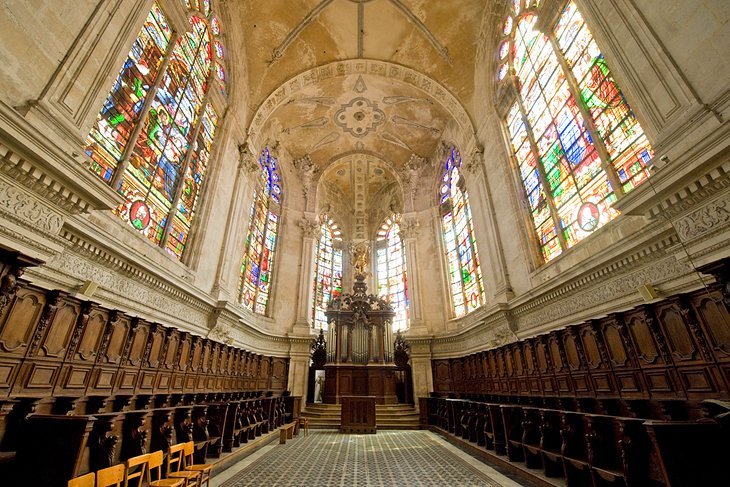
The sculptor Ligier Richier (c.1500-1567) was born in Saint-Mihiel, and some of his works can be seen in the local churches. One of Richier's finest works, the Pâmoison de la Vierge (the "Virgin Fainting"), is in the 12th-century Eglise Saint-Michel .
Another Richier masterpiece of sculpture, the Entombment , is in the Eglise Saint-Etienne . The church is also renowned for its vibrant stained-glass windows.
For more insight into the town's artistic and religious heritage, tourists should visit the Musée d'Art Sacré (Museum of Sacred Art) in the former Saint-Mihiel Abbey. The museum presents artworks and liturgical objects dating from the medieval era to the 20th-century.
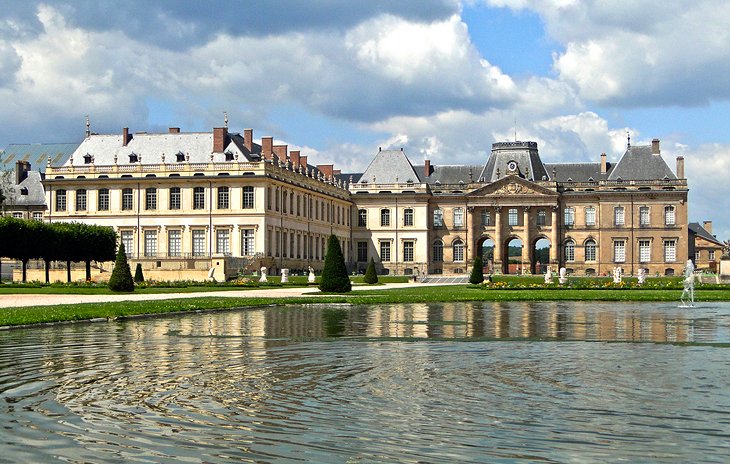
The Château de Lunéville is known as the " Petit Versailles Lorrain " because it resembles the Palace of Versailles . In fact, the castle was created by architect Germain Boffrand, a pupil of the renowned architect Jules Hardouin-Mansart who designed the Château de Versailles.
Constructed between 1701 and 1723, the Château de Lunéville became the official residence of the Dukes of Lorraine in the 18th century. During that era, the château was a gathering place for dozens of courtiers and had a service staff of several hundred people.
The estate features expansive grounds with Jardins à la Française (Formal French Gardens) and a Parc des Bosquets (Groves). The Formal French Gardens are manicured with symmetrical flower beds, decorative pools, fountains, and perfectly manicured hedges.
Tourists may visit the Château de Lunéville year-round (every day except Tuesdays). Guided tours are available.
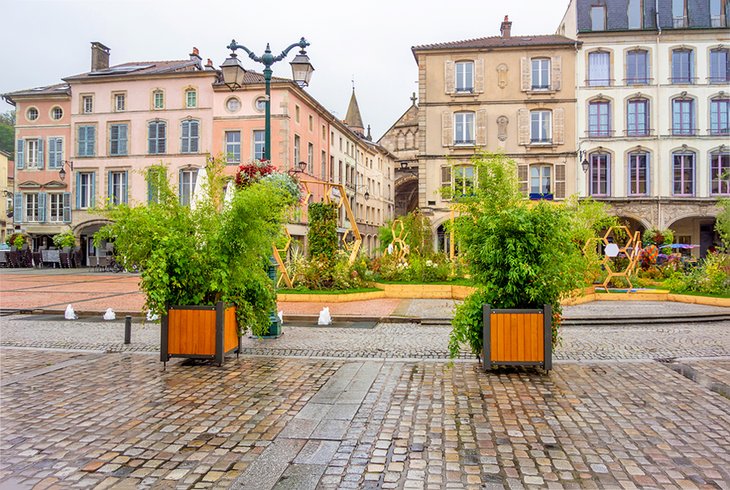
Épinal is nestled in the foothills of the Vosges Mountains, surrounded by forests. The city's historic center, the atmospheric Vieille Ville (Old Town) graces the right bank of the Moselle River, while the New Town is found on the left bank of the river.
Dominating the city is the medieval Fortress Châtel-sur-Moselle , which crowns a hilltop and is surrounded by a 26-hectare landscaped park that includes a medieval garden. Although the 11th-century fortress is in ruins, tourists may visit the park and take a guided tour of the building's moat and underground galleries, or dine at a restaurant with superb views.
The town's claim to fame is a special type of colorful illustrations known as "images d'Épinal" originally created in the late 18th century. Examples of these images can be seen at the Musée de l'Image (42 Quai de Dogneville), which displays a collection of over 100,000 "images d'Épinal."

At the same location (42 Bis Quai de Dogneville) is a printing house found in 1796, the Maison Images d'Epinal , which has a boutique that sells wallpaper, stationary, murals, and other artworks that replicate vintage prints.
A must-see sight is the Basilique Saint-Maurice , a jewel of Romanesque architecture. The church was built in the 11th century and renovated in the 13th century. An early Gothic addition, the nave is a grandiose sanctuary that has a serene spiritual ambience.
Outside of Épinal in Dinozé, the Epinal American Cemetery contains over 5,000 graves of soldiers who lost their lives during World War Two.
Also near Épinal are many hiking trails and peaceful lakes.
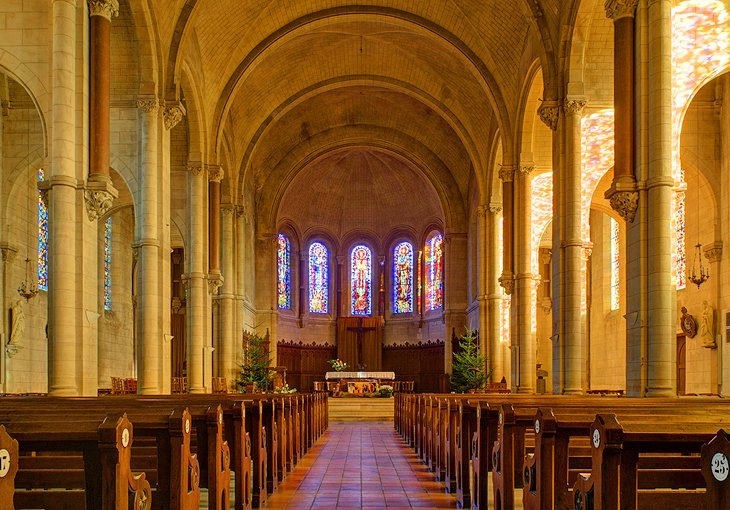
The small town of Thillot is nestled in a picturesque location along the Moselle River, surrounded by the rolling hills and forests of the Vosges Mountains. In the town, the Eglise Saint-Jean-Baptiste is worth visiting to see its serene interior and exquisite stained-glass windows.
The area is a popular vacation destination year-round. Ideal for summer and winter holidays, Thillot is close to hiking trails and ski resorts.
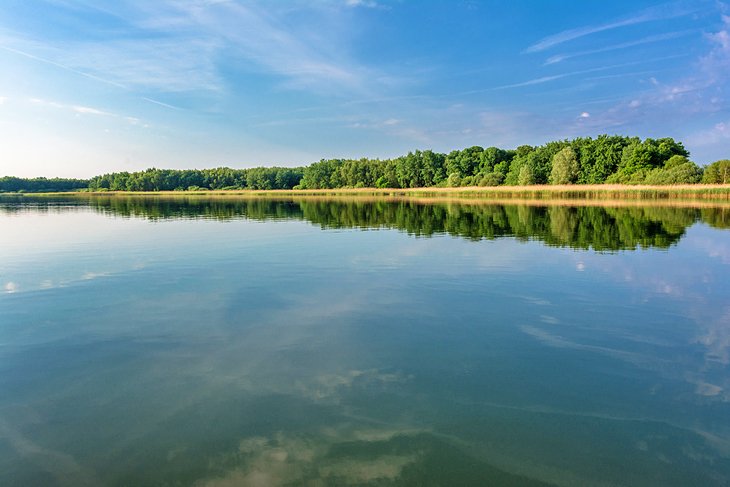
This pristine nature reserve encompasses forests, lakes, grasslands, farms, orchards, and prairies that bloom with wildflowers. The park has a variety of scenic trails, allowing visitors to choose from easy walks to more challenging hikes.
The Lorraine Naturel Regional Park has an astronomical observatory (in Viéville-sous-les-Côtes), the Observatoire des Côtes de Meuse . The observatory contains one of the largest telescopes in Europe and hosts evening stargazing sessions.
The park is also home to 288 bird species. Bird lovers can take advantage of 10 bird-watching areas and five trails that traverse different bird habitats, including wetlands, grasslands, and salt marshes.
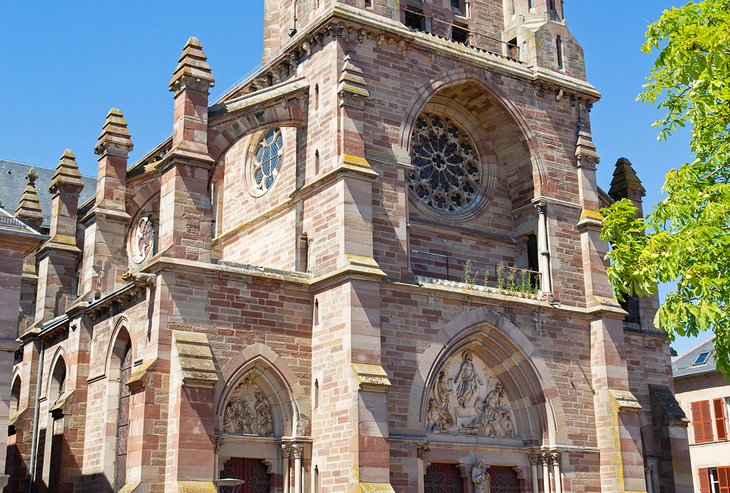
Phalsbourg was built around 1570 as a fortified town and was an important stronghold in the Duchy of Lorraine. The town fell to France in 1662, and its defenses were considerably strengthened by renowned military engineer Vauban in 1680.
The remains of the fortifications created by Vauban include the Porte de France and Porte d'Allemagne . These defensive city gates are registered as Historic Monuments.
A museum of the town's history is found at the Hôtel de Ville (Town Hall). The museum displays collections of military history, folk costumes, and literature.
Phalsbourg has a strong Catholic heritage and previously was home to a small Jewish community. The town's Neo-Gothic Catholic church was rebuilt after the Siege of 1870, and the synagogue dates to 1857.
Nearby is the Parc Naturel Régional des Vosges du Nord , a great place for hiking and nature walks.
We recommend these highly rated Lorraine hotels in charming towns like Nancy, Metz, and Verdun:
- Hotel La Citadelle Metz - MGallery : This four-star luxury hotel in a renovated 16th-century military building features contemporary room decor and a gastronomic restaurant with one Michelin star.
- Hôtel De Montaulbain is a three-star hotel in the historic center of Verdun. It offers family-friendly accommodations with a cozy lounge and modern amenities.
- Maison de Myon : This mid-range bed-and-breakfast hotel in an 18th-century mansion sits on a quiet street near the Place Stanislas in Nancy. It offers bright modern rooms and a sunny interior courtyard.
- ibis budget Nancy Centre is a two-star budget hotel near the historic center of Nancy (a 15-minute walk to Place Stanislas), with minimalist contemporary decor and a 24-hour front reception desk.

More on France

Arzo Travels
Solo Female Travel – Switzerland, Europe and Beyond
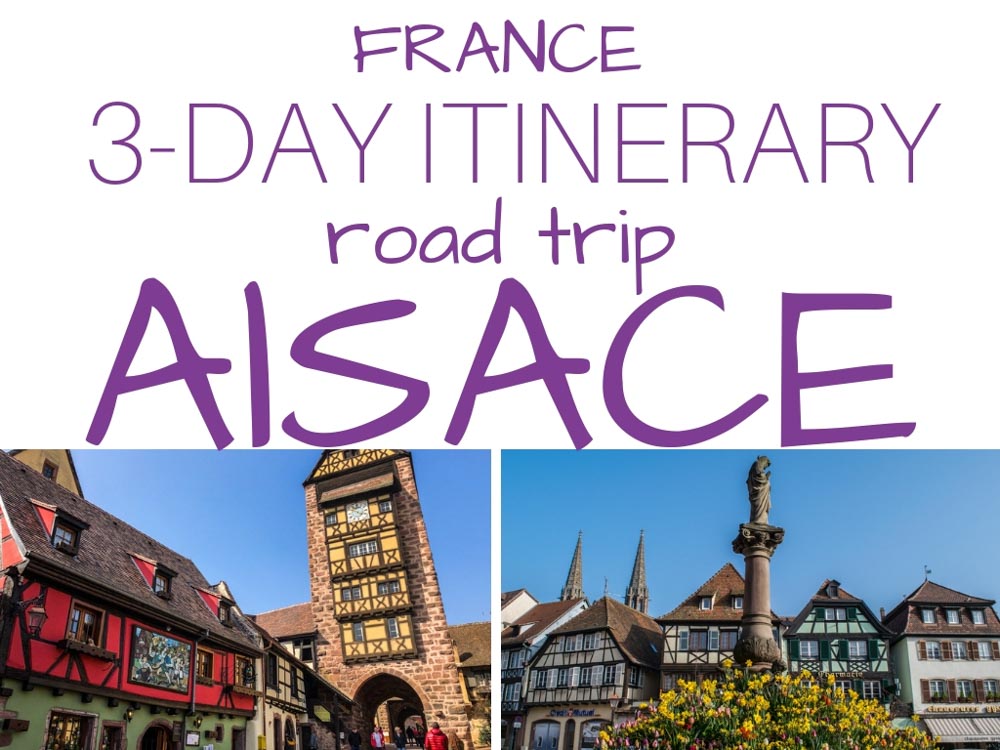
BEST PLACES TO VISIT IN ALSACE – 3 DAYS ITINERARY
Alsace road trip itinerary – things to do and see.
Are you planning your Alsace itinerary and wondering about the best places to visit in Alsace in 3 days (or 4 days)? This post is for you: find out where to go, what to do, how to road trip Alsace and more travel tips.
Table of Contents
The Alsace region in the eastern part of France is known for several things – most of all, its wine, food, and cute medieval towns. The 170-kilometer-long Alsatian Wine Route weaves its way through Alsace’s thousand-year-old wine country. From Thann to Marlenheim, it passes through a string of picturesque villages in full bloom and well-known wine-producing towns.
So, what does a person like me, a vegetarian who couldn’t care less about wine, do in Alsace?
The answer is that road-tripping this lovely province is one of the most beautiful trips you can take in France! And you do not have to be into wine to enjoy it. That‘s because vineyards are also for the eyes, and there are some of the most beautiful villages and towns here in France.
So, if you are wondering about a good – and quite short – road trip in Central Europe , then the Alsace Wine Route tour is probably perfect for you.
Here is my Alsace Wine Route road trip itinerary – 3 days in Alsace is the minimum, in my opinion. If you have 4, 5, 6, or 7 days, even better – but three days in Alsace is a good starting point for getting a very impression of this pretty region.
Here are some travel tips before naming some great stops and the best places to see in Alsace on this road trip.
Disclaimer: This post contains affiliate links which means I might earn a small commission when you buy a product/service via my link (at no extra cost to you). More about it here .
TRAVEL TIPS FOR AN ALSACE ROAD TRIP
Before talking about the most beautiful places in Alsace (from what I have seen), here are some travel tips.
Pin Me For Later – 3 Days in Alsace
Pin me now, re-read me later.

What is the Alsace Wine Route?
The Alsace Wine Route is a scenic drive through the vineyards and villages of Alsace, France. Stretching 170 kilometers between Marlenheim in the north and Thann in the south, this wine region is one of Europe’s oldest and most renowned.
Along the way, travelers can visit picturesque medieval villages and sample the region’s famous white wines, such as Riesling and Gewürztraminer, or explore its many museums. The route’s numerous wineries offer tours of their cellars, tastings of their best vintages and plenty of opportunity to purchase a bottle (or two) to take home.
So take a leisurely drive through this corner of rural France and discover why it is so beloved by wine-lovers around the world!
In addition to its incredible wine, the Alsace Wine Route also offers visitors a chance to experience some of France’s most beautiful landscapes. Driving along the route is like taking a journey through time; one minute you’re passing vineyards and charming villages, and the next you’re gazing at views of rolling hillsides punctuated by windmills and steeples.
The Alsace Wine Route also passes through some of the region’s most iconic attractions, such as Château du Haut-Kœnigsbourg and Mont Sainte-Odile.
Whether you’re an oenophile (which is a connoisseur of wines) or just looking to explore a beautiful part of France, the Alsace Wine Route is a must-do for anyone visiting the area. So hit the road and get ready to savor all that this magical region has to offer!
This Alsace itinerary does not cover the whole route, but if you add one or two more days and stay in Alsace for 4 or 5 days total, you can do the full road trip.
How to Get to Alsace
There are some international airports here, including the ones in Strasbourg and Mulhouse-Basel (about 70km from Colmar).
Colmar and Strasbourg, the end and starting points of this itinerary, also have well-connected train stations (it takes less than two hours to get from Paris to Strasbourg on the fast train).
How to Get Around Alsace
PUBLIC TRANSPORTATION : If you visit Alsace, you will find out quickly that using public transportation can be tricky . Many travel bloggers complained about bus timetables that were not easy to understand.
ROAD TRIP: So, for this Alsace itinerary, the best way to get around is to drive yourself (no tolls included in this trip). You can either rent a car or get here on your own. For day trips, you can do organized tours or get around via train, which is quite easy from Colmar to Strasbourg , for example.
Driving in Alsace
Driving in Alsace is quite fun – the views are scenic, and the towns and villages you pass are pretty. The streets are well-paved. French drivers are generally a bit reckless and tend to tailgate. Don’t let them stress you out and drive at your own speed (there are speed signs everywhere, and though I did not see many speed cams, I would take speed limits seriously if you do not want to get tickets back home).
The brown signs indicate the “Alsace Wine Road Trip”. I did not always see them and really typed in each of the places I wanted to go to in my GPS. I made sure to add smaller places, so my GPS would navigate me correctly.
During peak season, parking can get difficult, but there is quite a lot of parking in front of each town/village.
One hour costs around 2€ in most places (if you are on a really tight budget, you could park your car about a kilometer outside of each town center). It is 3€ for a day pass in Eguisheim – which is an exception though, and normally you have to put coins into a small machine and pay in advance.
This means you have to think about the length of your stay in advance. Some places offer free parking on Sundays or after 7 pm.
Best Time to Visit For an Alsace Road Trip
Visiting between May and October means you will enjoy the most beautiful scenery! You will either enjoy the spring buds, the summer berries, or the fall harvest during this time.
I actually visited at the end of March and did not regret it though. Yes, I imaged it to be even greener and prettier in my head, but visiting in March or April when the vines had just started to bud also meant fewer visitors, fewer crowds (oh, these small towns and villages can get crowded), and more spontaneity with my hotel booking.
December is a very popular time to visit Alsace because of the famous Christmas Markets . However, if you have come here for the vineyards and to enjoy scenic rides while the sun is shining, come in the warmer months.

Where to Stay in Alsace
I stayed in Strasbourg for two nights and another night in Colmar . I explored Strasbourg for one full day and then drove to Colmar on my second day. Along the way, I managed to see all of the places I mention below. I spent my third day in Colmar and ended my trip there.
If this is your first trip to Europe, check out my Europe travel tips.
Map Of Best Places to Visit in Alsace
BEST PLACES TO VISIT ALONG THE ALSACE WINE ROUTE
If you rent a car, I suggest renting one on Day 2 of your trip. For Strasbourg, you will not need a car (flying into Strasbourg means you can get to the city center easily by public transportation or taxi).
Day 1: Strasbourg
I started my trip in Strasbourg. It is not an official part of the Alsace Wine Route road trip, but it is one of the region’s must-see places. It is so rich in sights and attractions that I would plan at least one full day here.
Strasbourg is a beautiful city located in the Alsace region of France. It is known as the “Capital of Europe” due to its home to several European institutions such as the European Parliament and Council of Europe.
The city also has a vibrant cultural life, with many festivals, museums, and galleries to explore. Strasbourg also contains some of the most beautiful architectural landmarks in France, including its impressive Notre Dame Cathedral.

I suggest spending a full day in Strasbourg and staying overnight before starting your next day early. Check out my detailed Strasbourg itinerary with detailed tips and more travel tips.
Where to Stay in Strasbourg
- If you want to indulge in a 5-star hotel in the old town of Strasbourg, right in Petite France, this hotel might be the perfect choice for your stay in Strasbourg – check out rates for Hotel Regent Petite France & Spa here.
- But if you are looking for a more budget-friendly hotel close to the old town, check out this Ibis Style hotel .
Day 2 : Obernai, Ribeauville, Riquewihr, Kaysersberg, Eguisheim
While the more scenic routes come when driving through the little towns and villages along the vineyards, I drove the highway to get to my first stop, which took me about 30 minutes.
I should mention that I normally left my hotel around 7 am, so I am out for quite a while and get to see as much as possible. So, for this second day, I managed to see a lot in Alsace, but if you do not want to start your day so early, you might have to skip one place or another.
Also, if you do a wine tasting, you will have to skip a few places – or add one or two more days to your itinerary so that you can visit all the places I saw in one day in 2 or 3 days.
I did not spend much time here, but I really liked what I saw. I made Obernai the first real stop on my wine route tour.
Obernai is a charming medieval village located in the Alsace region of France. It’s situated on the Alsace Wine Route and is home to many historic monuments, such as the Clock Tower and St. Odile Basilica.

It is a very well-preserved town in the region. Whether you drive through or park your car and stroll the place, checking out the town hall or Saint Pierre and Paul Church, it is cute and fun, and a good first stop.
If you are doing the same Alsace itinerary as I did, you will not have much time to spend here – unfortunately. Though it is a pretty place in Alsace, there are more spots waiting for us.
If you have a minimum of four days in Alsace, you can also visit the Mont Sainte-Odile (first drive there and then hike up) and enjoy panoramic views of the Alsatian plain.
Are you into hiking? Then take your time and see what there is to see at Mont Sainte-Odile (located west of Obernai), which makes this part either a 10-minute stop or a half-a-day stop.
After that, head to Ribeauville.
RIBEAUVILLE
Located along the Alsace Wine Route, there’s plenty to see here besides the vineyards in Ribeauville.
Ribeauville is a charming village in the heart of Alsace’s wine country.
Sitting at the foot of the Vosges Mountains, Ribeauville boasts stunning views of vineyards and rolling hillside landscapes. The centuries-old town is full of historical riches, from its cobblestone streets to its medieval castle. Explore the area’s many wineries and sample the region’s famous white wines.
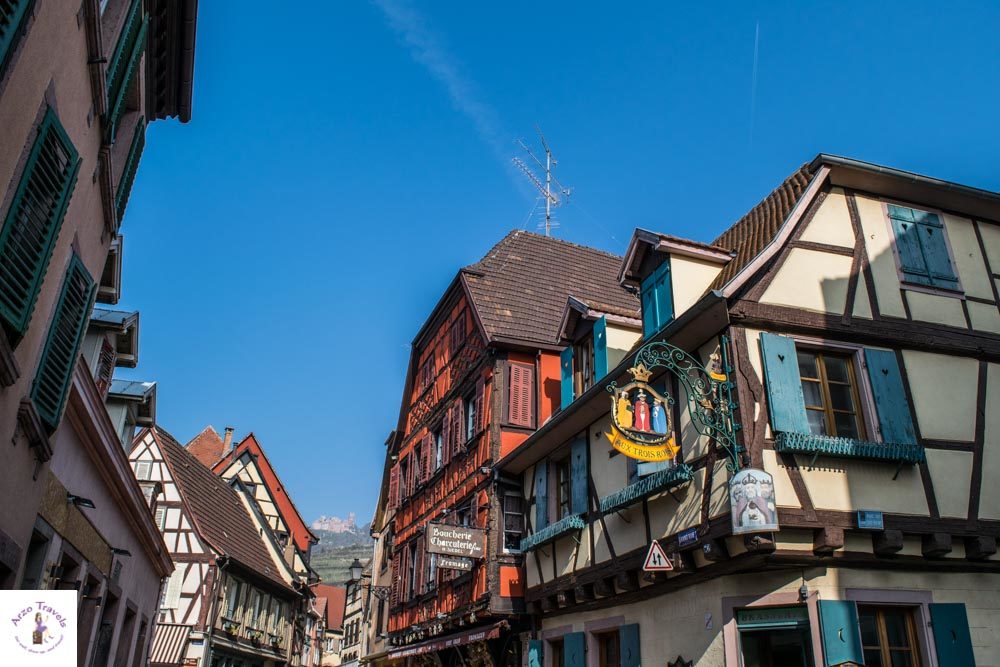
Walking through Ribeauville will give you the chance to see it in all its glory. Colorful houses with flowers on display, medieval castles and churches, and historical monuments are scattered throughout the old town.
When you head to the vineyards, you’ll be rewarded with gorgeous views of the vines and the Alsace region.
If you don’t have enough time, you can skip it, but if you are going to be in Alsace for four days or are very motivated during a shorter visit, then visit this lovely French town.
If you can visit only one place on this day, then make it Riquewihr. While all of the places mentioned had their charms and were impressive, this one was my favorite.
Riquewihr is one of the most picturesque towns on the Alsace Wine Route, boasting over 500 years of history and many impressive half-timbered houses. It’s no wonder why it has become a popular tourist destination; explore its narrow cobblestone streets and discover countless shops selling regional specialties, such as…wine.
Riquewihr also features a beautiful castle, the Maison des Têtes, which is a great place to soak up some of the town’s history.
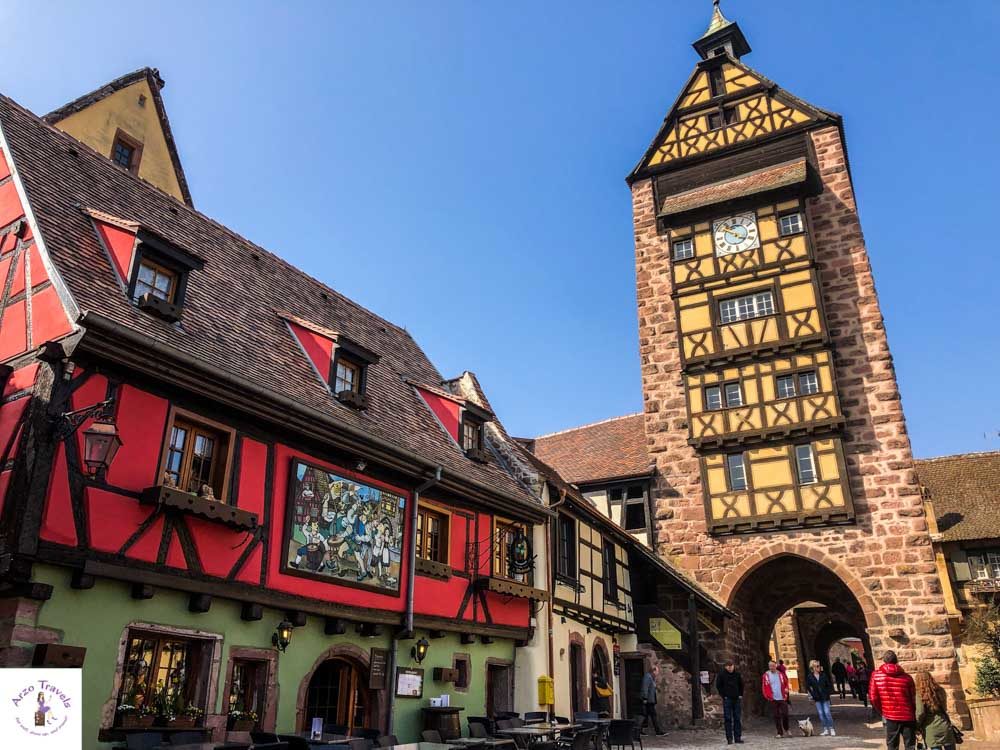
It’s a tiny village with narrow streets and bright, colorful houses – Riquewihr definitely likes to show off. It felt unreal and reminded me a bit of Germany´s most beautiful medieval town, Rothenburg ob der Tauber (though it is smaller).
Wander through its cobblestone streets, visit the 13th-century Dolder Tower houses (one of which has a medieval weapons display), or stop by the 16th-century Maison de Vigneron that has winemaking tools and a restored kitchen for you to see.
Shortly after Riquewihr, you will be entering the heart of the vineyard region. Don’t hesitate to stop and explore, go winery-hopping (with moderation, of course, unless you want to walk all the way back!), and taste the many wines the region is famous for, like Riesling.
KAYSERSBERG
Kaysersberg is a charming fortified village located on the Alsace Wine Route. It has historical buildings dating back to the 14th century, including an old castle and a Renaissance-style town hall. Take part in Kaysersberg’s annual Christmas market (in December at least) or explore its picturesque vineyards which produce some of the region’s most renowned wines.
Kaysersberg is a great place to stop on your tour of the Alsace Wine Route and sample some of the area’s finest wines. While you’re there, don’t forget to take in the town’s stunning views of the Vosges Mountains!
Kaysersberg was my second to last stop for this day – another idyllic village on this Alsace road trip. What sets it apart from the other medieval villages is its fast-moving river, which gives it a different feel.
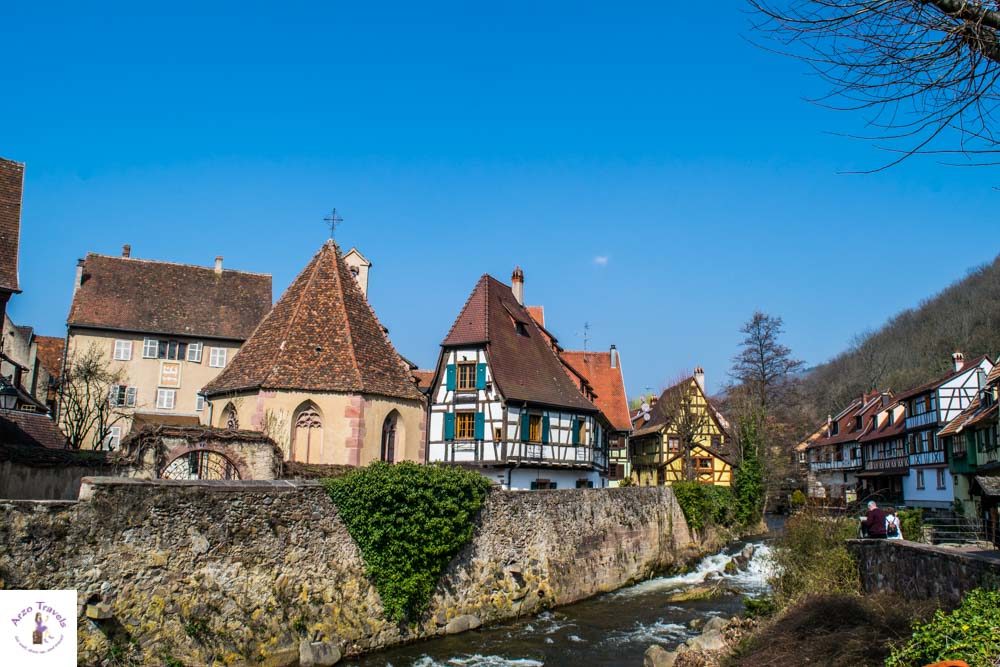
Like the other towns in this area, the flowers and half-timbered houses are focal points when you visit. As small as Kaysersberg is, you should have no trouble getting around on foot and taking in the sights.
One of those sights is the Château de Kaysersberg. Built over 800 years ago, the castle played a key role in developing the town and its history.
I did not have a chance to go up to the castle. But if you have more time than I did, you can enjoy lovely views and see colorful Kaysersberg from above.
If you have time – and more importantly, if you have some energy left – you can make Eguisheim your last stop of the day.
Eguisheim is a charming village located along the Alsace Wine Route. It is considered one of the region’s most beautiful villages and home to a historic castle and fortified church.

Surrounded by lush green hills, Eguisheim is a quaint little town along the Alsace Wine Route. Full of narrow streets, lovely architecture, and colorful flowers, this is the perfect place to get lost for a few hours.
See some historical fountains and visit the 13th-century church that displays the well-known “Opening Virgin” statue while you’re here.
Day 3: Colmar
Last but not least, plan for a full day for Colmar. It is either a good starting or ending point on the itinerary and one of France’s prettiest towns.
Colmar is a picturesque city in the Alsace region of France and is a popular stop along the Alsace Wine Route. The city center is filled with colorful half-timbered buildings, canals, and bridges while its many museums offer insight into regional history and culture.
From its renowned wine tasting to its charming Christmas markets, Colmar is a must-visit destination when exploring the Alsace region.
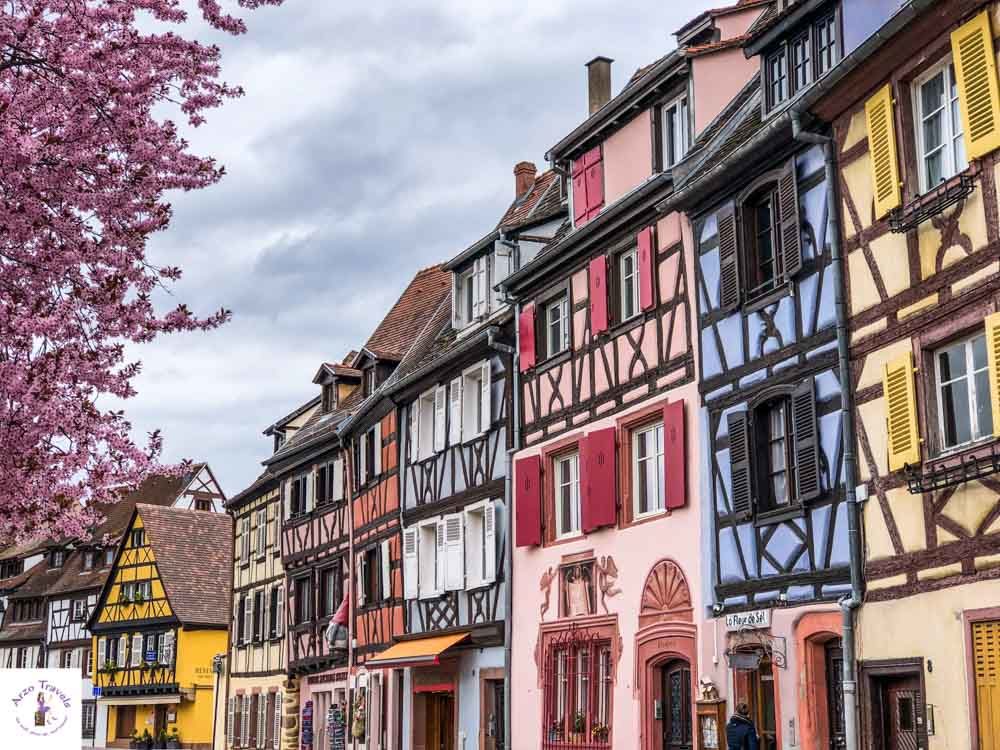
The town is bigger than the other places mentioned on this Alsace itinerary (except for Strasbourg), but still small enough to be walkable. I think that one day in this fairy-tale town is surely enough to see its best attractions, like Little Venice and the old town.
Here is my detailed 1-day itinerary for Colmar with more travel tips.
Where to Stay in Colmar
- I stayed at the 3-star Colmar Hotel, and I loved it. It is just next to the train station, so whether you get here in your own car or by train, the hotel is perfect. Also, the breakfast was great (including muffins, crepes, pancakes, and much more) and the rooms were clean, bright, and modern. It is for sure my first pick for Colmar. To find out more about the hotel and check out rates, click here.
EXTRA TIPS FOR 4 OR 5 DAYS IN ALSACE
If you have more time for your Alsace trip, then this might be interesting for you.
Chateau du Haute Koenigsbourg
Over 850 years old, this medieval castle sits on a rocky hill overlooking the Upper Rhine Plain. Centuries ago, it was used as a strategic lookout before being abandoned and later rebuilt by German Kaiser Wilhelm II.
This castle gets over 500,000 visitors a year, and it’s easy to see why. From its vantage point, you can see out across the Alsace region, and the views are breathtaking.
I did not have a chance to visit the castle while I was in Alsace, but if you like to hike or plan to spend 4+ days out here, I would definitely suggest going.
FINAL THOUGHTS ON MY ALSACE ROAD TRIP
An Alsace road trip promises an unforgettable journey. Its picturesque villages, sprawling vineyards, and architectural wonders offer something for everyone. Whether you’re drawn to its delicious regional wines, its vibrant cultural life or its incredible historical landmarks, a three-day tour of Alsace is sure to be an amazing experience.
Take in the stunning views of the Vosges Mountains, explore its many wineries, and sample some of its delicious culinary delights. Don’t forget to also take home a few souvenirs from its many boutiques so you can remember your Alsace road trip forever!
The Alsace Wine Tour road trip (what a name!) is a fun and easy road trip. So, if you stay 3 days in Alsace, you will have enough time to see the most beautiful places in a nutshell.

Pin It on Pinterest

Alsace-Lorraine
Travel guide.
- Things to Do
Things to Do in Alsace-Lorraine
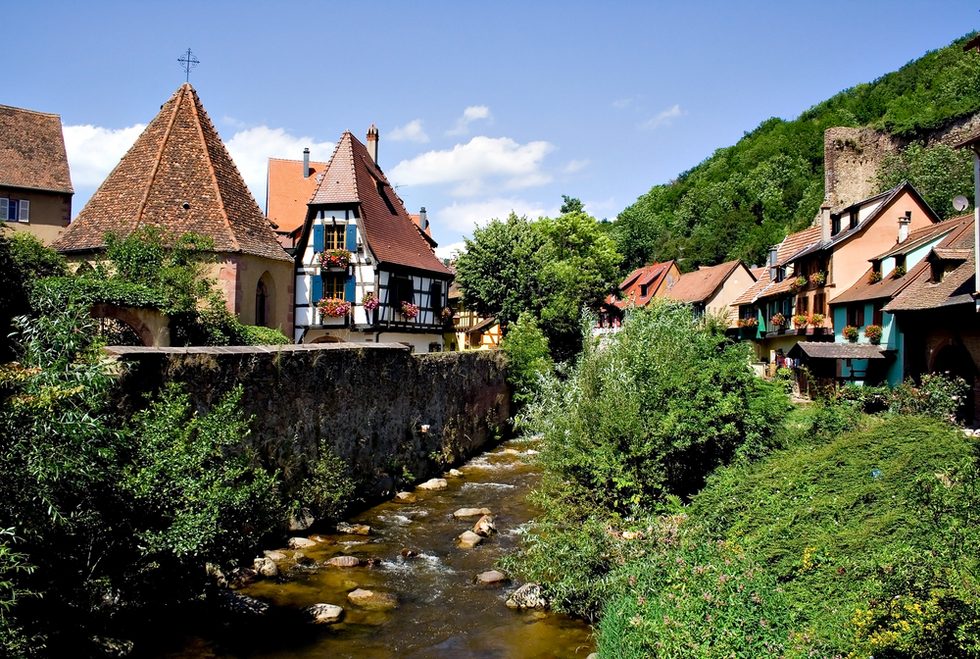
The easternmost regions of France, Alsace and Lorraine, with ancient capitals at Strasbourg and Nancy, were the object of a centuries-old dispute between Germany and France. In fact, they were annexed by Germany between 1870 until after World War I and from 1940 to 1944. Though they’ve remained part of France since the end of World War II, Alsace especially is still reminiscent of the Black Forest, with its flower-laden half-timbered houses and traditional winstub taverns serving choucroute and sausage.
With this cultural mélange, it’s not surprising Strasbourg became the base of the European parliament. Whereas Lorraine, with its rolling landscape and regal architecture, appears and feels more distinctly French in character and is even the homeland of one of the country’s greatest heroines: Joan of Arc. Ponder these local traits while wandering through the quaint towns of the Alsatian Wine Road or through the natural splendor of the Vosges Mountains.
No clear-cut line delineates Alsace from Lorraine. Alsace is more German. Lorraine, with its rolling landscape, appears more French in character.
Alsace-Lorraine for Kids
The Vosges mountains have plenty of activities for outdoor adventurers, especially the Regional Natural Park of the Ballons des Vosges . You can discover this incredibly beautiful protected ecosystem hiking, biking, canoeing, horseback riding, or at one of the park’s many heritage sites from farms to former mills. For a less strenuous tour of the area, take a ride on the historic Abreschviller train, 2 pl. Norbert Prévot, Abreschviller ( train-abreschviller.fr ; tel. 03-87-03-71-45 ). Started in 1884 for logging, today old-fashioned steam or diesel trains take visitors on a 6km (4-mile) circuit around the area. The round-trip journey takes 90 min. It runs in April and October on Wednesday, Sunday and holidays at 3pm, and more frequently May to September; check the website for a timetable.
For a family break in Lorraine, stop in at the Muséum-Aquarium de Nancy, 34 rue Sainte-Catherine ( www.museumaquariumdenancy.eu ; tel. 03-83-32-99-97 ), with 57 aquariums and a display of 600 preserved animal and archaeological specimens. Open daily 10am to noon and 2 to 6pm.

- All Regions
- Australia & South Pacific
- Caribbean & Atlantic
- Central & South America
- Middle East & Africa
- North America
- Washington, D.C.
- San Francisco
- New York City
- Los Angeles
- Arts & Culture
- Beach & Water Sports
- Local Experiences
- Food & Drink
- Outdoor & Adventure
- National Parks
- Winter Sports
- Travelers with Disabilities
- Family & Kids
- All Slideshows
- Hotel Deals
- Car Rentals
- Flight Alerts
- Credit Cards & Loyalty Points
- Cruise News
- Entry Requirements & Customs
- Car, Bus, Rail News
- Money & Fees
- Health, Insurance, Security
- Packing & Luggage
- -Arthur Frommer Online
- -Passportable
- Road Trip Guides
- Alaska Made Easy
- Great Vacation Ideas in the U.S.A.
- Best of the Caribbean
- Best of Mexico
- Cruise Inspiration
- Best Places to Go 2024
Must-see attractions in Lorraine
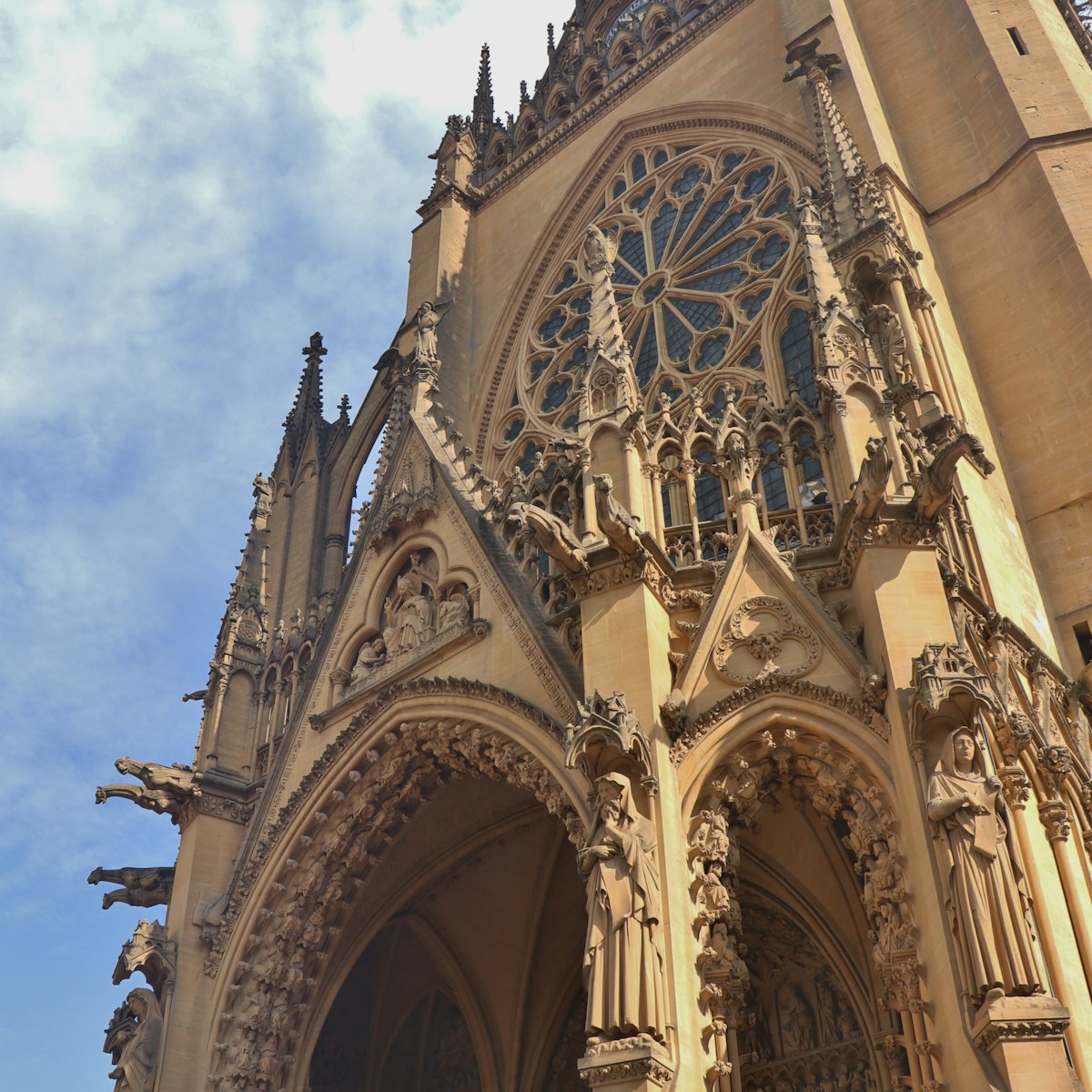
Cathédrale St-Étienne
The lacy golden spires of this Gothic cathedral crown Metz’ skyline. Exquisitely lit by kaleidoscopic curtains of 13th- to 20th-century stained glass, the…

Musée des Beaux-Arts
Lodged in a regal 18th-century edifice, Nancy's standout gallery occupies art lovers for hours. A wrought-iron staircase curls gracefully up to the 2nd…
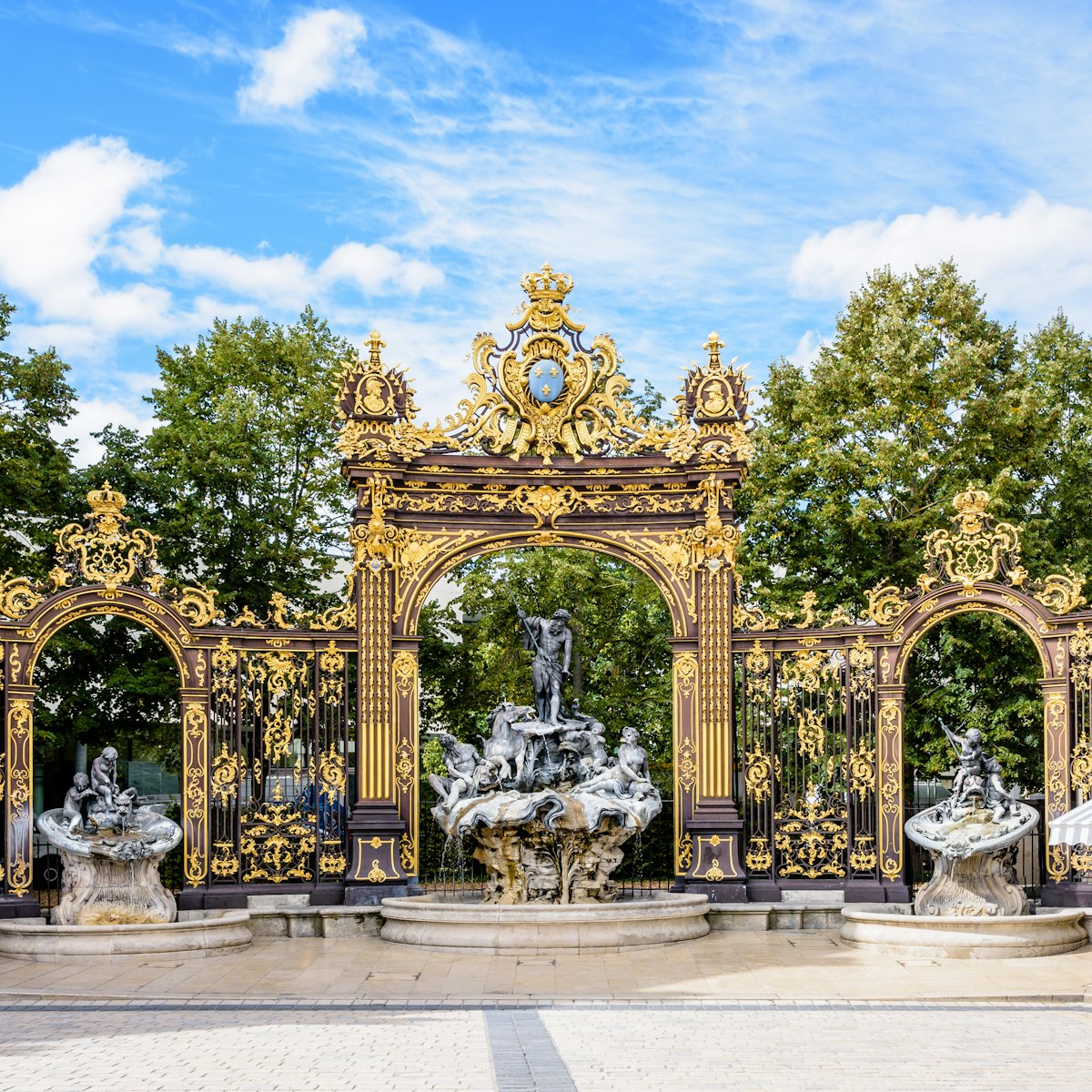
Place Stanislas
Nancy’s crowning glory is this grand neoclassical square and Unesco World Heritage Site. Designed by Emmanuel Héré in the 1750s, it was named after the…
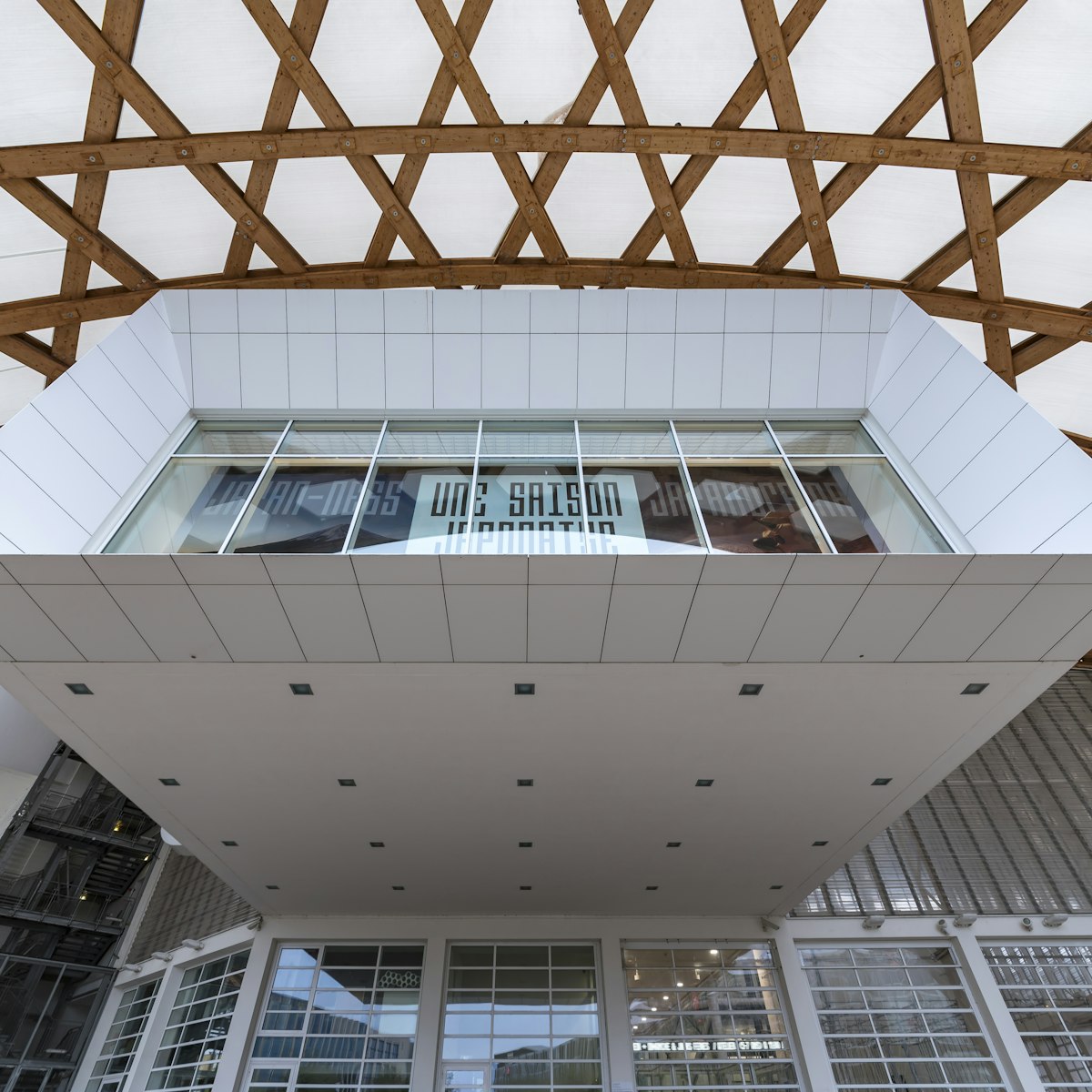
Centre Pompidou-Metz
Designed by Japanese architect Shigeru Ban, with a curved roof resembling a space-age Chinese hat, the architecturally innovative Centre Pompidou-Metz is…
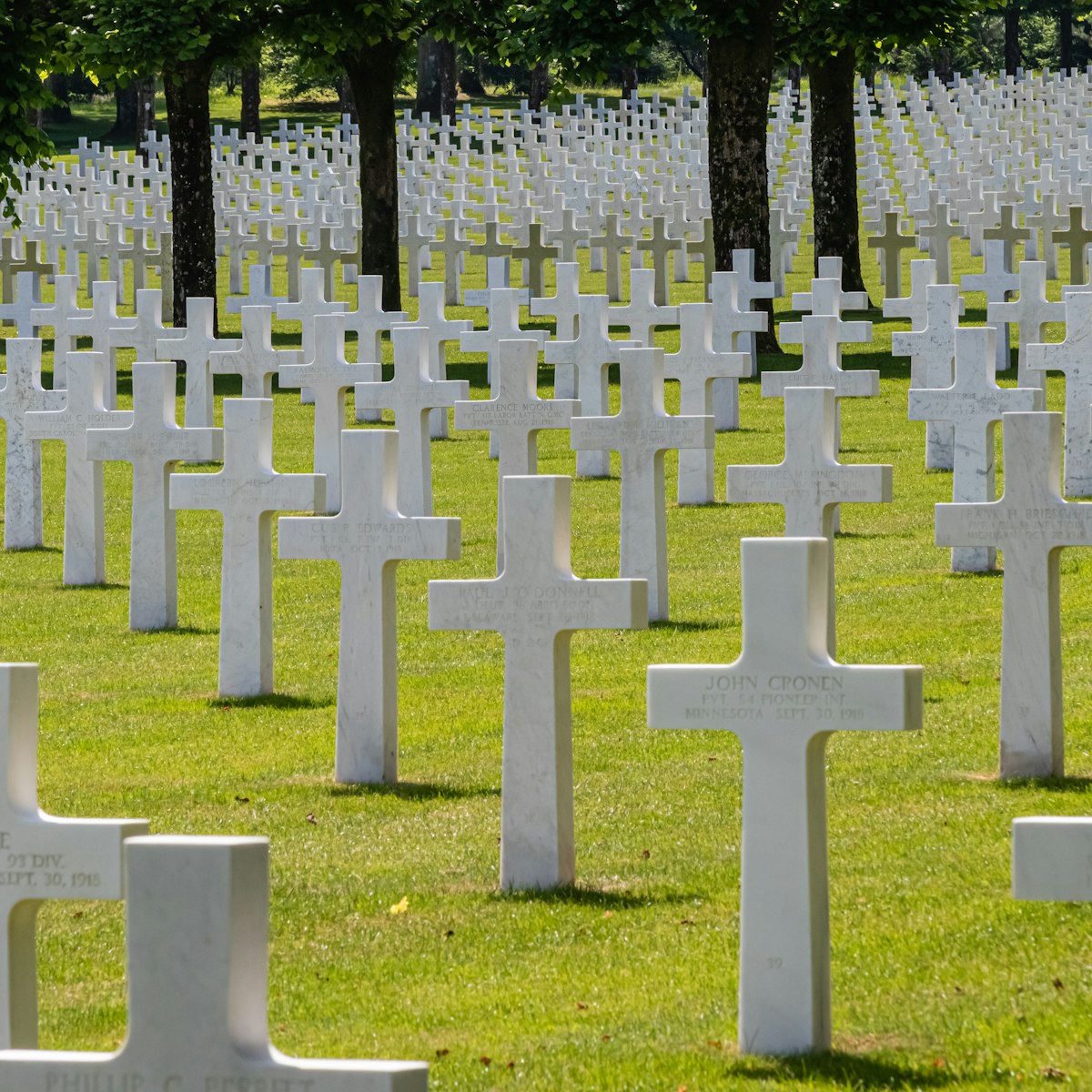
Meuse-Argonne American Cemetery
The largest US military cemetery in Europe is this WWI ground, where 14,246 soldiers lie buried – a sobering sea of white crosses reaching as far as the…
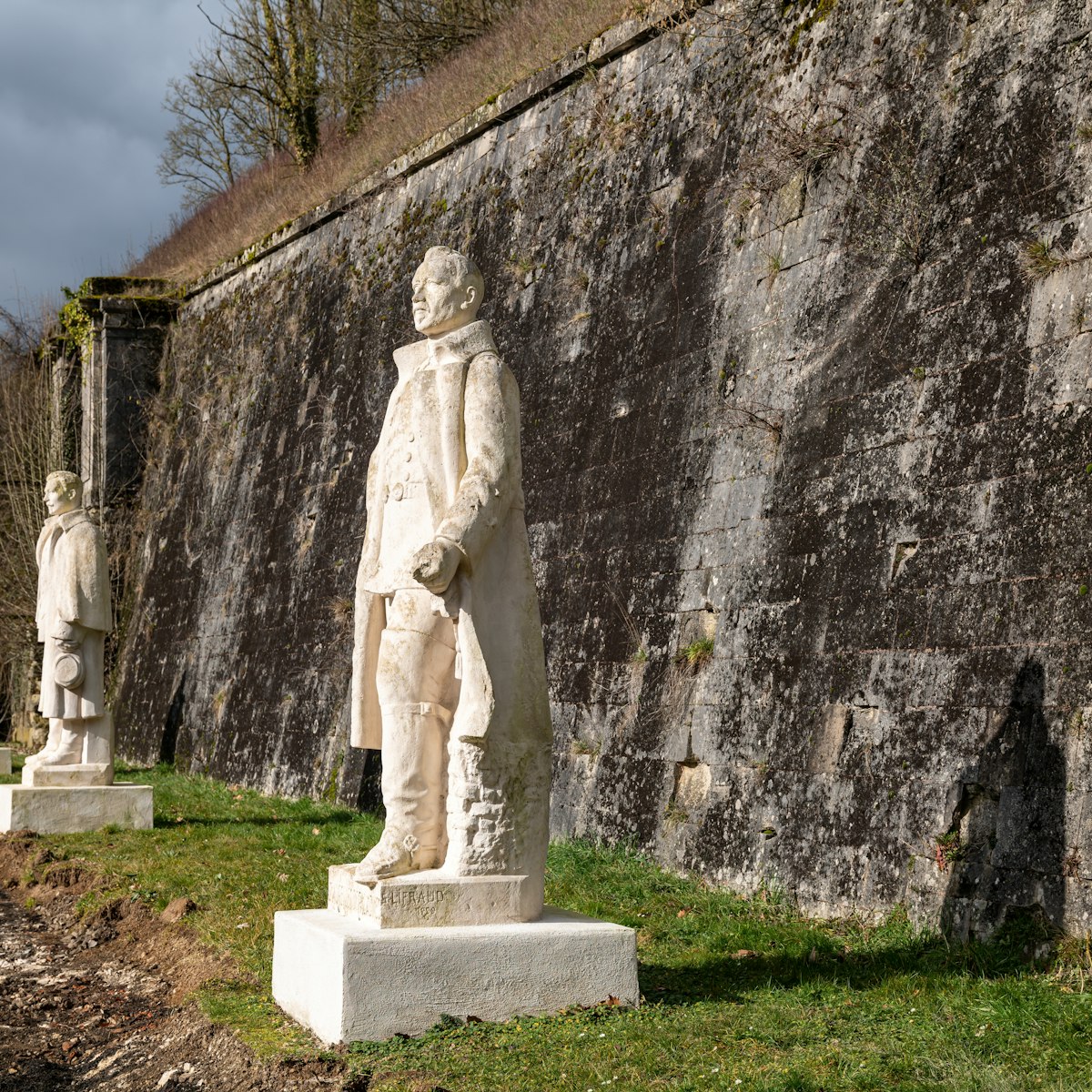
Citadelle Souterraine
Comprising 7km of underground galleries, this cavernous subterranean citadel was designed by military engineer Sébastien Le Prestre de Vauban in the 17th…
Romagne ’14 -’18
This heart-rending museum, which, in the words of owner Jean-Paul de Vries, is all about ‘life stories’ and ‘the human being behind the helmet’. Artefacts…
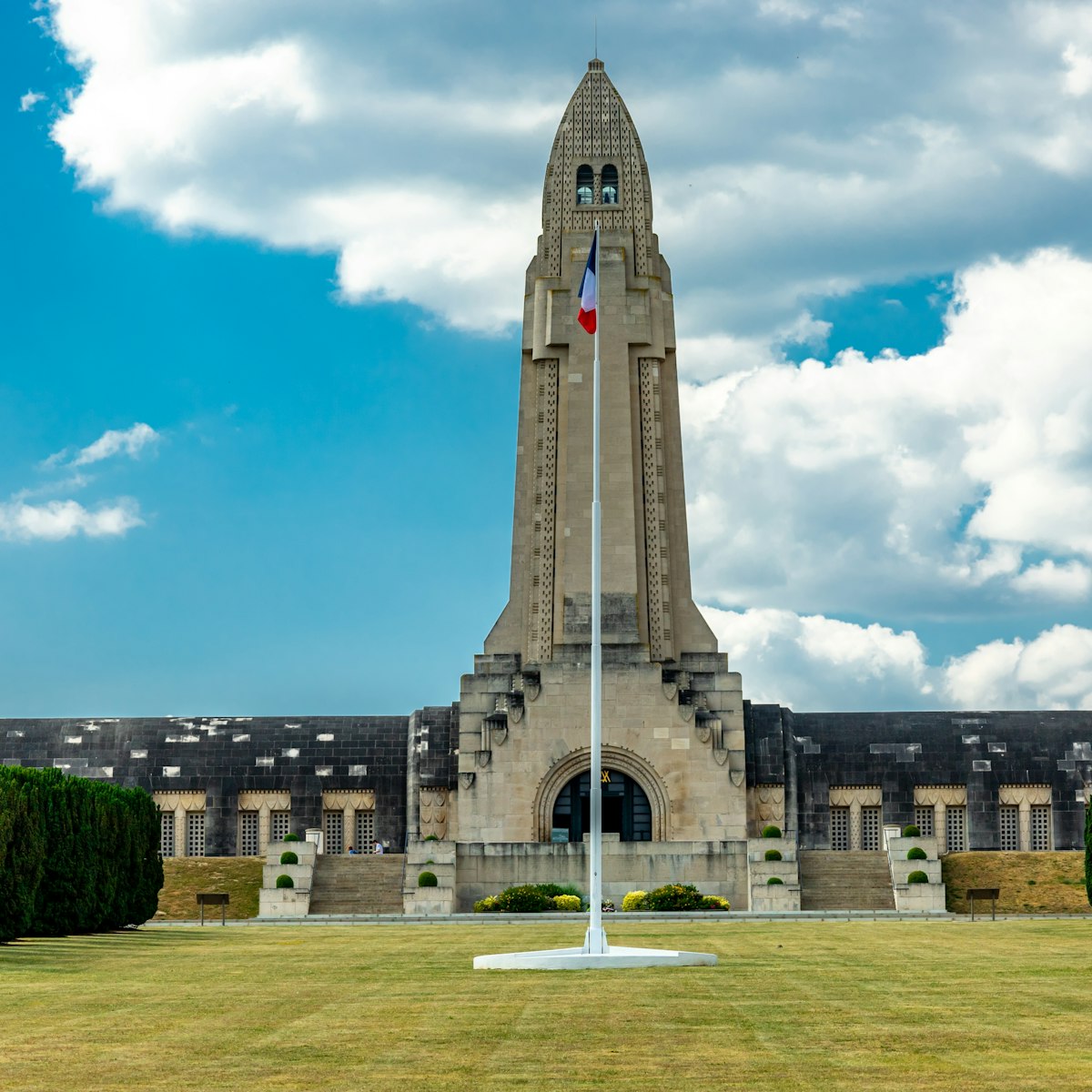
Ossuaire de Douaumont
Rising like a gigantic artillery shell above 15,000 crosses that bleed into the distance, this sombre, 137m-long ossuary, inaugurated in 1932, is one of…
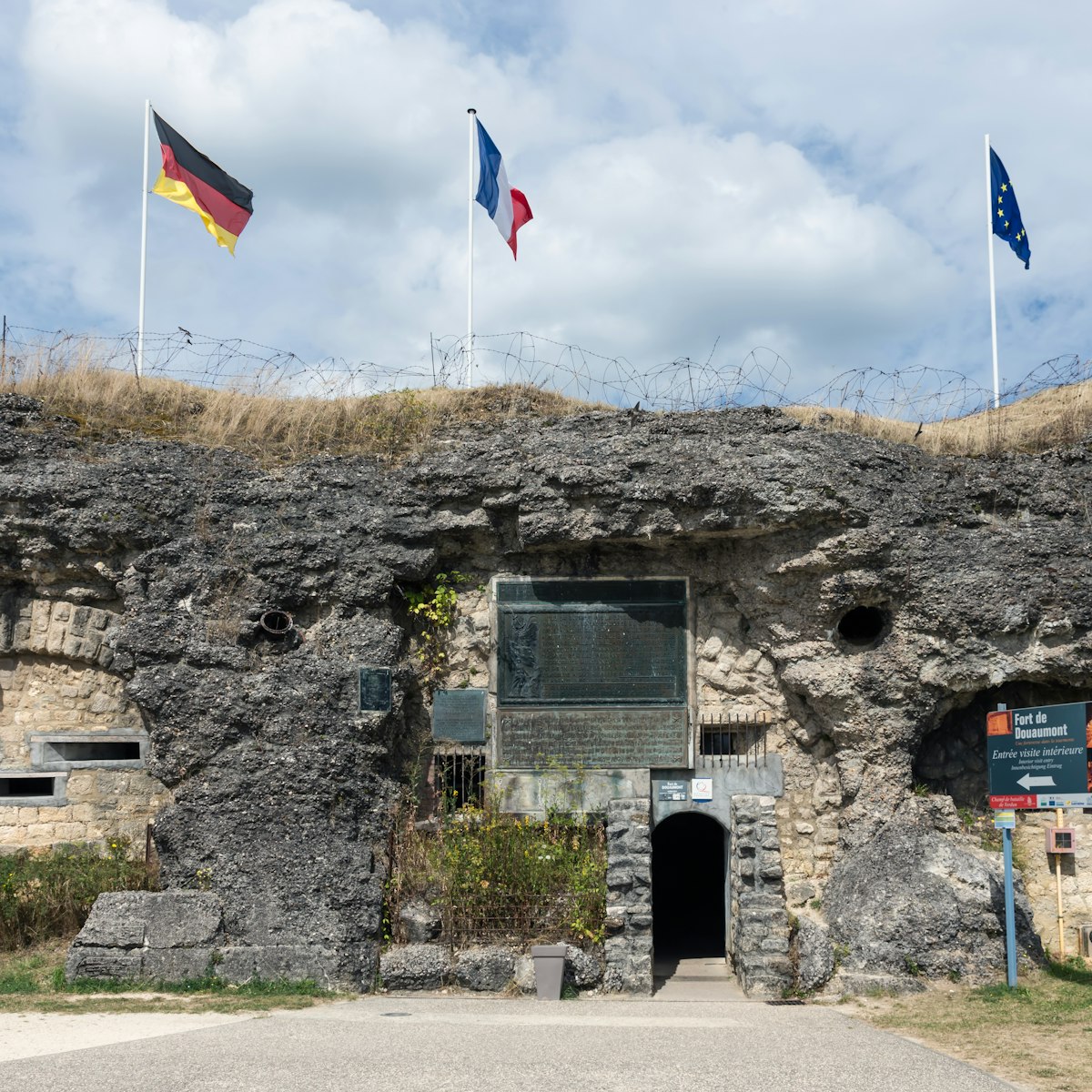
Fort de Douaumont
Sitting high on a hill, this is the strongest of the 38 fortresses and bastions built along a 45km front to protect Verdun. When the Battle of Verdun…
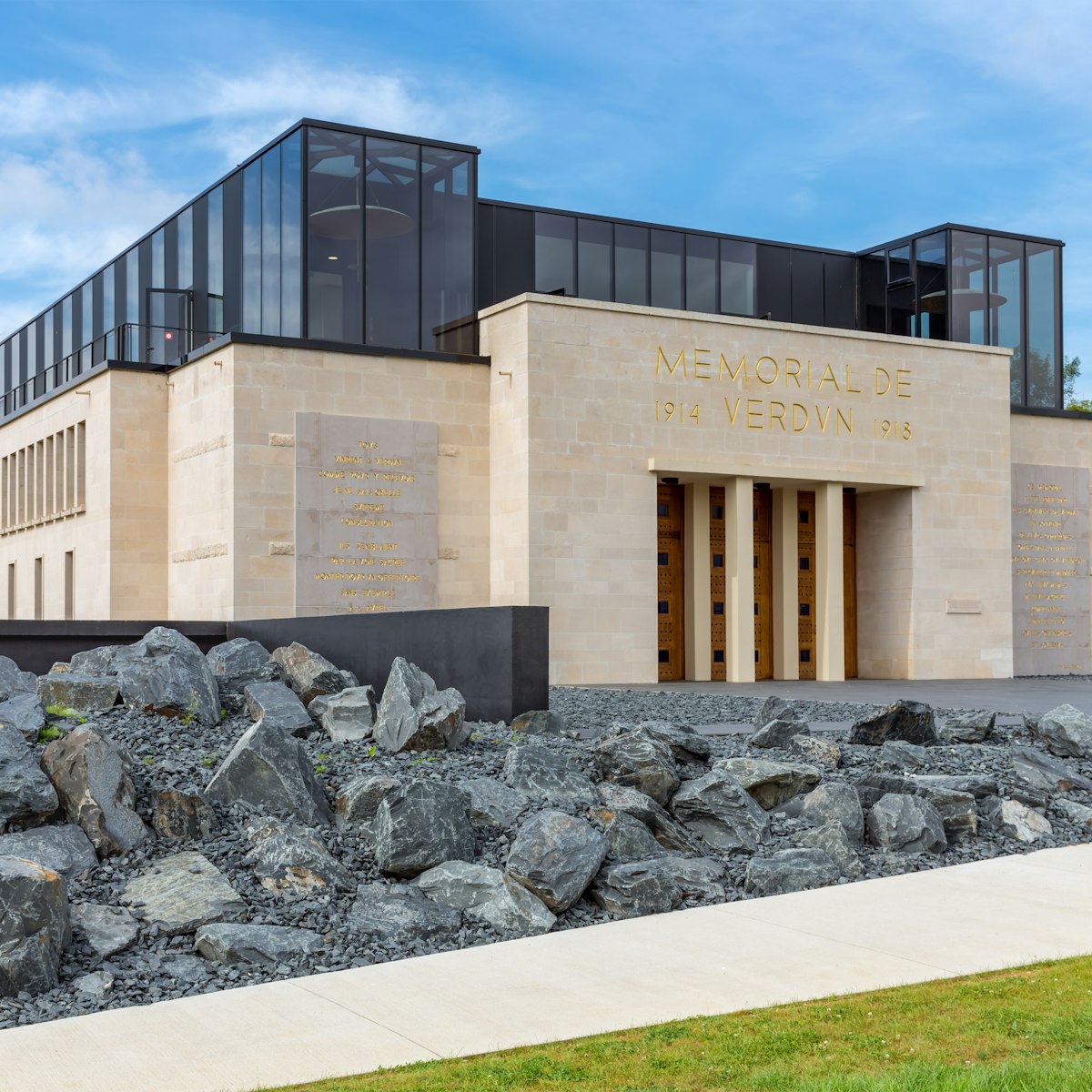
Mémorial de Verdun
The village of Fleury, wiped off the face of the earth in the course of being captured and recaptured 16 times, is now the site of this memorial. It tells…

Musée Lorrain
Once home to the dukes of Lorraine, the regal Renaissance Palais Ducal now shelters the Musée Lorrain. The rich fine arts and history collection…
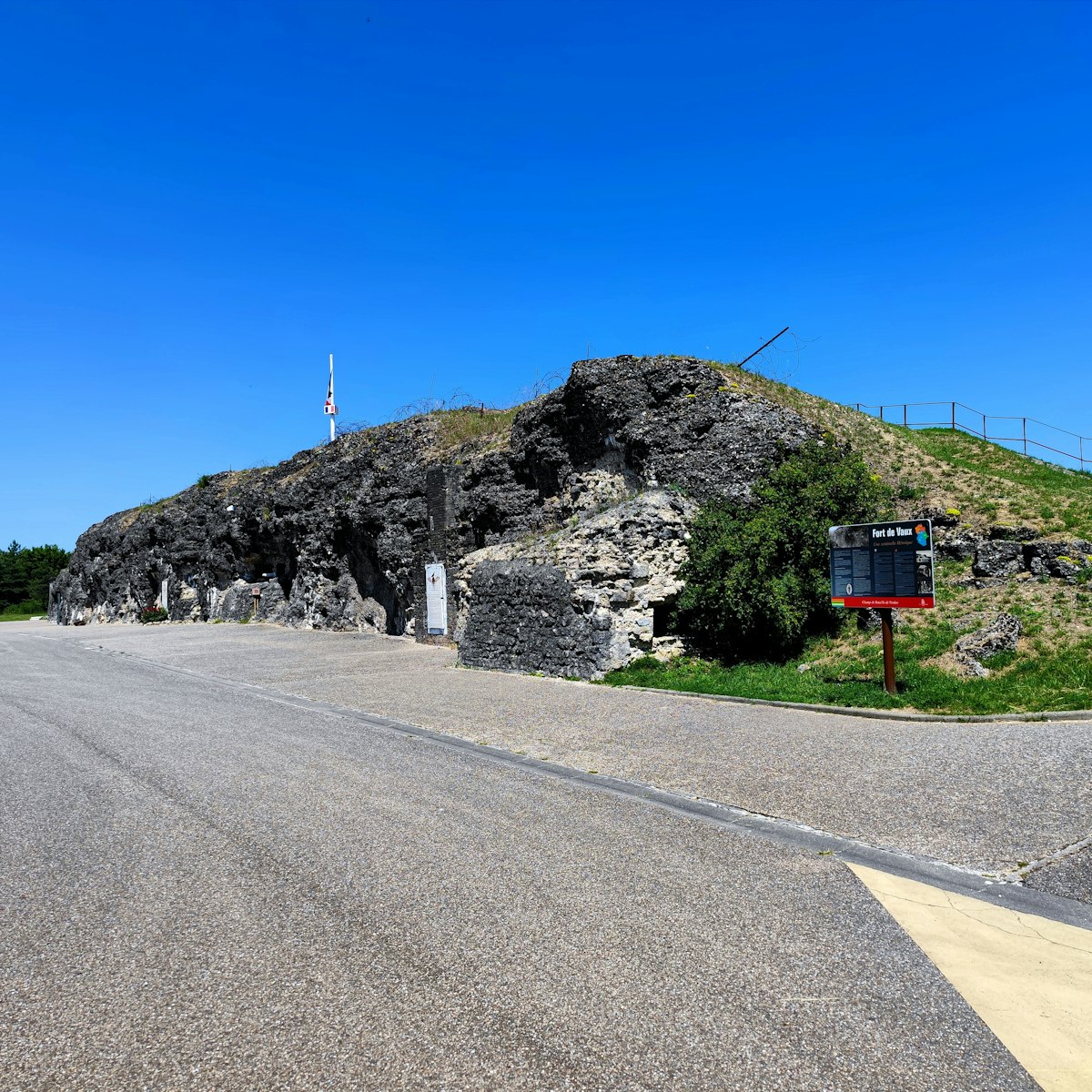
Fort de Vaux
Located in crater-scarred countryside 10km northeast of Verdun, this fort was constructed between 1881 and 1884. It was the second fort – Douaumont was…
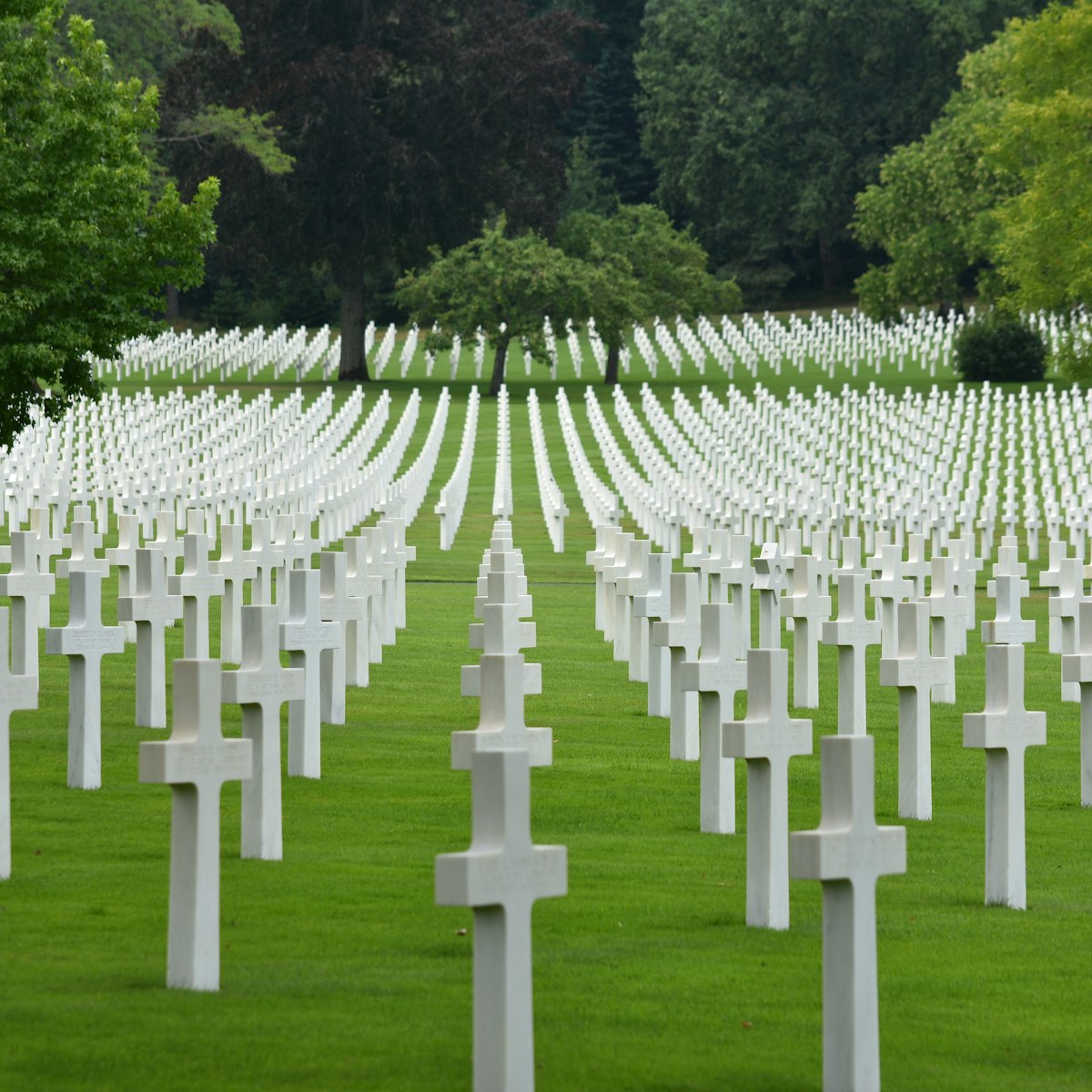
Lorraine American Cemetery
Verdun had a significant military presence from the end of WWII until Charles de Gaulle pulled France out of NATO’s integrated military command in 1966…

Musée de l’École de Nancy
A highlight of a visit to Nancy, the Musée de l’École de Nancy brings together an exquisite collection of art-nouveau interiors, curvaceous glass and…
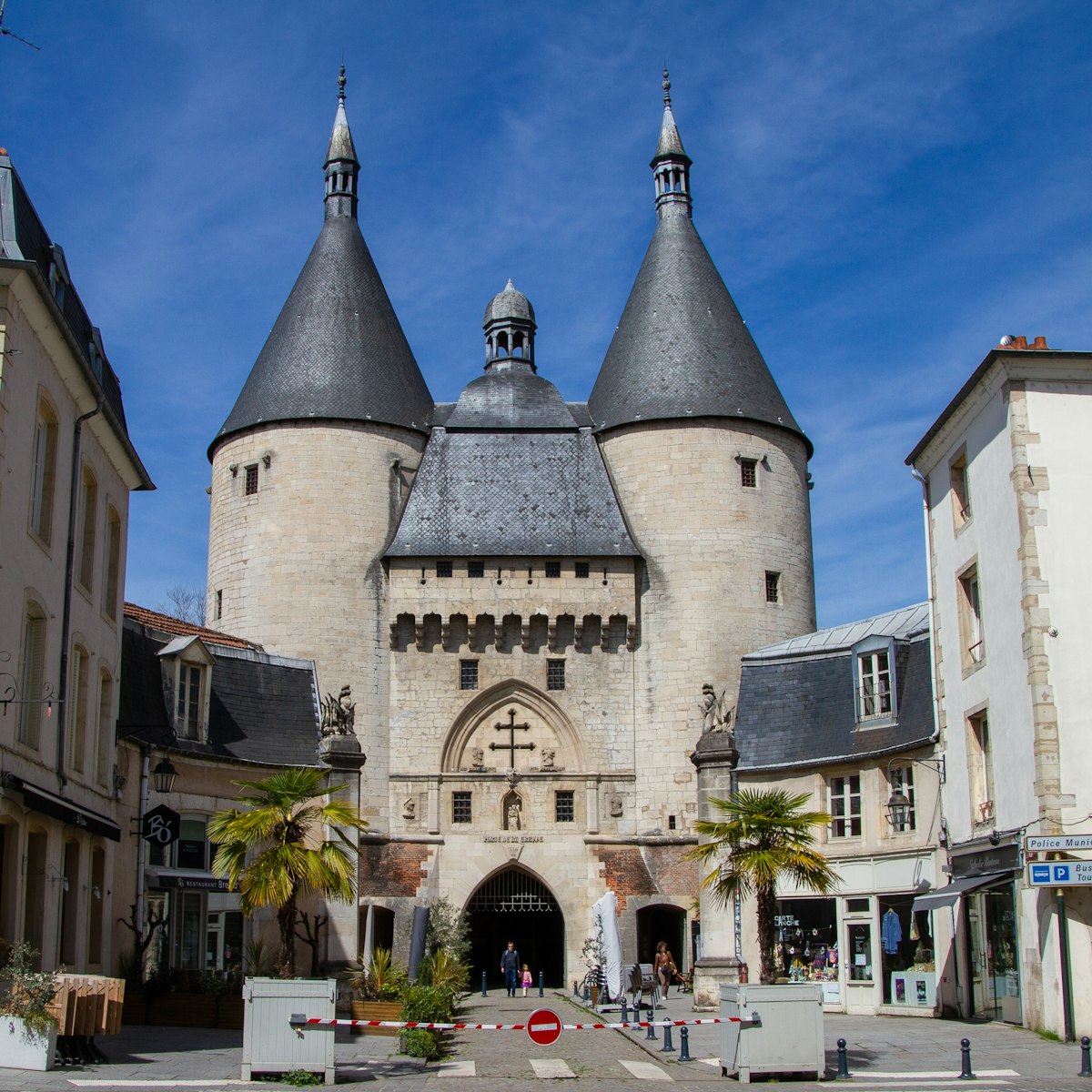
Vieille Ville
A saunter through the charming old town takes in the silver-turreted, 14th-century Porte de la Craffe, Nancy’s oldest city gate, and place St-Epvre,…
Fort du Hackenberg
The largest single Maginot Line bastion in the Metz area was the 1000-man Fort du Hackenberg, whose 10km of galleries were designed to be self-sufficient…
Musée La Cour d’Or
Delve into the past at this trove of Gallo-Roman antiquities, hiding remnants of the city’s Roman baths and a statue of the Egyptian goddess Isis…
Villa Majorelle
The whimsical Villa Majorelle, built by Henri Sauvage in 1901, bears the hallmarks of Majorelle (furniture) and Gruber (stained glass). The centrepiece is…
Quartier Impérial
The stately boulevards and bourgeois villas of the German Imperial Quarter, including rue Gambetta and av Foch, are the brainchild of Kaiser Wilhelm II…
Tranchée des Baïonnettes
On 12 June 1916, two companies of the 137th Infantry Regiment of the French army were sheltered in their tranchées (trenches), baïonnettes (bayonets)…
Place de la Comédie
Bounded by one of the channels of the Moselle, this neoclassical square is home to the city’s 18th-century Théâtre, France’s oldest theatre still in use…
Place de la Carrière
Adjoining place Stanislas – on the other side of Nancy’s own Arc de Triomphe, built in the mid-1750s to honour Louis XV – is this quiet square. Once a…
Muséum-Aquarium de Nancy
Bang in the centre of town, this museum brings together a natural history museum and aquarium under one rather stylish art-deco roof. Its tanks swirl with…
Butte de Montsec
This 375m-high mound, site of a US monument with a bronze relief map, is surrounded by a round neoclassical colonnade. The monument commemorates the…
Butte de Montfaucon
Commemorating the 1918 Meuse-Argonne Offensive, this 336m-high mound is topped by a 58m-high Doric column crowned by a statue symbolising liberty. Ascend…
Chapelle des Templiers
Nearly always closed (enquire at the tourist office about guided tours that visit here), this octagonal, 13th-century chapel is the only one of its kind…
St-Mihiel American Cemetery
In this WWI cemetery, the graves of 4153 American soldiers who died in the 1918 Battle of St-Mihiel radiate towards a central sundial topped by a white…
Église St-Pierre-aux-Nonnains
Originally built around AD380 as part of a Gallo-Roman spa complex, Église St-Pierre-aux-Nonnains is a fine example of a pre-medieval basilica, tracing…
You might not have packed your bucket and spade for a trip to Metz, but you can head to this makeshift 'beach' on the banks of the Moselle in summer…
Église St-Rémy
On the bank of the park-lined River Meurthe, the dark concrete sanctuary of Église St-Rémy, built in the mid-1950s, is austere on the outside and…
Centre Mondial de la Paix
Set in Verdun’s handsomely classical former bishop’s palace, built in 1724, this museum’s permanent exhibition touches upon wars, their causes and…
Riverside Park
In summer, pedal boats and rowboats can be rented on quai des Régates. The promenade leads through a leafy riverside park, with statues, ponds, swans and…
Parc de la Pépinière
On a hot summer’s day, escape the crowds in this formal garden, with ornamental fountains, a rose garden and a Rodin sculpture of Baroque landscape…
Place St-Louis
On the eastern edge of the city centre, triangular place St-Louis is surrounded by medieval arcades and merchants’ houses dating from the 14th to 16th…
Musée Baccarat
The Musée Baccarat displays 1100 exquisite pieces of handmade lead crystal. The boutique out front is almost as dazzling as the museum.
The formal flowerbeds of the Esplanade – and its statue of a gallant-looking Marshall Ney – are flanked by imposing buildings, including the Arsenal…
Place de l’Alliance
This lime-tree-fringed square, World Heritage material, is graced by a Baroque fountain by Bruges-born Louis Cyfflé (1724–1806), inspired by Bernini’s…
Cathédrale Notre Dame
Perched on a hillside, this Romanesque-meets-Gothic cathedral shelters a gilded Baroque baldachin, restored after WWI damage. Much of the stained glass is…
Monument à la Victoire
Steep steps lead up to this austere 1920s monument commemorating war victims and survivors. The crypt hides a book listing the soldiers who fought in the…
Hôtel de Ville
Forming part of the place Stanislas ensemble, the grand 18th-century Hôtel de Ville spreads across the entire southern flank of the square.
More destinations you need to see
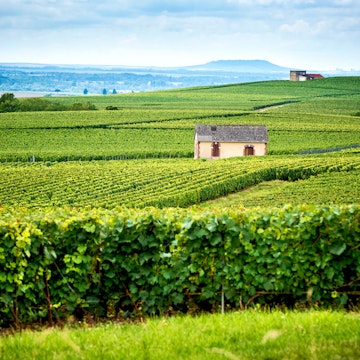
Lorraine travel guide

Visit Lorraine, France
A century after the First World War, the Lorraine region is still associated with the tragic events that took place in the battles in the trenches around Verdun. While this history still attracts visitors, there are also many other historical towns and sites of interest, attractions and natural parks in the region to discover
Lorraine tourism
Lorraine is a 'frontier region' of north-east France that shares borders with three European countries: Belgium, Luxembourg and Germany.
As a result of this location Lorraine has had the unenviable distinction of being the main invasion route for France over the centuries, with numerous foreign armies crossing the region during the last 1200 years.
The region has historically also been one of the most important industrial regions in France, and as a result of these two factors - war and heavy industry - it is true to say that Lorraine is not usually at the top of the list of 'most visited French tourist destinations', although its popularity is increasing all the time as the region comes to be better appreciated.
With its cathedrals and castles, three designated natural parks and forested mountains, important historic buildings and towns, museums and art galleries, you will find there is a great deal more to Lorraine than you might have imagined.

The region is situated between Alsace to the east and Champagne-Ardenne to the west. There are four departments in Lorraine: Meurthe-et-Moselle, Meuse, Moselle and Vosges.
As you explore you will find that history has played a large part in shaping the varied landscapes, towns and monuments that we can see today during a visit, with each department having its own unique characteristics.
The Regional Natural Park of Lorraine falls in the departments of Meuse, Moselle and Meurthe-et-Moselle, while the Regional Natural Park of North Vosges and the Regional Natural Park of the Ballons des Vosges fall within the Vosges department to the south-east.
Meurthe-et-Moselle
The Meurthe-et-Moselle department occupies central Lorraine.

- close to Nancy visit the towns of Pont-a-Mousson to see the abbey and the arcaded Place Duroc, then Toul for the gothic Cathedral of Saint-Etienne and other historic buildings.
- south-east of Nancy to visit the imposing 18th century Chateau de Luneville, or south to see the moat surrounded chateau de Haroué
- two of our favourite villages in southern Meurthe-et-Moselle are Vaudemont and Vezelise. Close by you might also explore Blenod which has several interesting monuments and the historic centre of Mont l'Etroit
- in the north of the department, Longwy has a citadel created by fortifications by Vauban
The Meuse department (western Lorraine) is most visited for its war related sights.

- still in Verdun, visit the 'World centre for Peace, Liberty and Human Rights' in the old bishops palace.
- The town of Bar-le-Duc has an interesting old town centre to discover with numerous renaissance style buildings
- there are several interesting villages in the Meuse, such as Marville and Avioth (a small village with a big church) to the north and Vaucouleurs to the south, among others
Advertisement
The Moselle department represents the north-eastern part of the Lorraine region

- the fortified village of Rodemack close to the border with Luxembourg in the Moselle department, is listed among the 'most beautiful villages of France'
- the priory church and chapel at Saint-Quirin , also classified as one the 'most beautiful villages of France'
- south of Rodemack visit the town of Thionville to see the medieval tower, then travel east to Veckring to see an important section of the Maginot Line at the 'Ouvrage du Hackenberg'
- Amneville-les-Thermes is a popular and long established thermal spa treatment town that also has many other attractions designed to bring visitors to the town, such as a popular zoo, a car museum and an aquarium
- Metz is an important town with a good number of important monuments and historic sights, including the gothic cathedral with the largest number of stained glass windows to be found anywhere in France, and now also very often visited for the Centre Pompidou-Metz, an important new museum of modern art

In particular, the eastern part of the department has winter sports facilities and several towns offering thermal spa treatments.
Villages of interest in the Vosges include Domremy-la-Pucelle, to the north-west and best known as being the birthplace of Joan of Arc; and the fortified village at Chatillon-sur-Saone in the south-west of the Vosges, as well as the town of Mirecourt wth its specialised museums and riverside promenade.
Arrange a visit to Lorraine
Book hotels, car hire and flights.
- Book a visit
Hotels in Lorraine
Booking.com: best prices

Reserve excursions
Map of lorraine and places nearby, visit near lorraine with france this way reviews.

The French version of this page is at Lorraine (Francais)
More information
See an index of places for each department: Meurthe-et-Moselle communes , Meuse communes , Moselle communes , Vosges communes
French version: Lorraine (Francais)
French Places
We can help you visit any town, village or region of France...
Popular & Useful
① Ideas & inspiration ② Maps of France ③ Explore by region ④ Route planner ⑤ Places (by dept.)
France This Way copyright 2006 - 2024
- Cookies & privacy
- Index of places

8 of the best vineyards to visit in France, from Champagne to Alsace-Lorraine
France is a haven for sommeliers and oenophiles lusting to swirl, sniff and sip velvety glasses of vin . Vineyards, cellars and wineries – 27,000 of them to be precise – weave the rolling hills of the French countryside between Champagne and the Rhone Valley , some a backdrop to grand family-run estates and Michelin-class fine dining brasseries.
For a taste of the finer things in life, what could be more relaxing than checking in to a romantic chateau with views over the vines and a cold glass of fizz in hand?
With so many corks to pop, pairings to explore and grape varieties to choose from, settling on where to sample blends can be tricky. From the silky reds of Languedoc-Roussillon to the sweet sauternes of Bordeaux , here are the best wineries to visit in France for a vineyard trip that’s well saturated with all things wine.
Read more on France travel :
- How to do the French capital like Emily in Paris
- Escape to the Chateaux: Why you should book a trip to the Loire Valley
- France travel guide: Everything you need to know before you go
Champagne Le Gallais, Champagne
Best for: classic cuvées.
The Champagne Le Gallais estate in the heart of the Marne Valley, a Unesco World Heritage Site, is four hectares of vine-draped landscape. Limestone soil guarantees their champagnes remain elegant and balanced as they mature, with each cuvée intended to tell the story of their vine plot, ancestry and year.
With a panoramic terrace overlooking the family vineyard and the Château de Boursault, tasting tours and private masterclasses take visitors through the vine to-flute production process with samplings of three of Champagne Le Gallais’s champagnes from €15pp (£13).
Les Vins Domaine du Closel, Loire Valley
Best for: dry savennières.
Family vineyard Les Vins Domaine du Closel sits in Château des Vaults in Savennières, the product of a long line of female winemakers and producers maintaining the property. The slate hillsides, Anjou sun and fragrant rose orchard are home to a wealth of dry white, red, rosés and sparkling wines from savennières and les insolites developed with an emphasis on biodiversity.
Walk the vineyard, be charmed by the chateau and pair their wines with cheese on guided tours of the Domaine, complete with tastings, lunch or dinner.
Wine tour quotes are available on request.
Château de la Crée, Burgundy
Best for: santenay pinot noirs.
Château de la Crée dates back to the 15th century but today is home to some of France’s best pinot noir and chardonnay wines. Stretching across 25 acres of the Burgundy countryside, the heritage of the Château is blended with sustainable winemaking innovations in the vineyard and 16th-century cellar to create integrated wines that have spent 14-18 months in barrel.
Discover the Domaine, vineyard and vaulted cellar by electric bike or on foot during a wine tasting of five Château de la Crée wines from €22pp (£19).
Château de Berne, Provence
Best for: aromatic rosés.
Château de Berne is a Relais & Châteaux hotel in 1,272 acres of Provence olive groves and countryside, within which there are 370 acres of vines growing organic grapes. Featuring five-star villa accommodation, a Michelin-starred restaurant and a spa, it is a paradise for wine lovers looking for cellar tours, guided tasting sessions and oenology workshops.
The estate produces red, rosé and white Côtes de Provence wines best sampled in The Cave tasting room or on cellar tours with experienced sommeliers. Prices for pairings, production lessons and blending workshops start from €15pp (£13).
Château de Beaucastel, Rhone Valley
Best for: châteauneuf-du-pape grenache.
There are 321 acres of “gobelet” planted vines with 13 varieties of grapes in the grounds of the Château de Beaucastel . The legendary papal wine is said to have been planted on the land during the reign of Pope Jean XXII in 1321.
Beaucastel wines blend powerful grenache grapes in a unique style each year with a dedication to the structure and elegance of the pour.
Email to make an appointment to visit the vineyard.
Château l’Hospitalet, Languedoc-Roussillon
Best for: silky reds.
Wine resort Château l’Hospitalet is a lavish 2,471-acre haven of hospitality and nature. Spacious suites, a spa and a contemporary restaurant are on hand for those staying in the charming castle, making it an ideal place to tighten up your wine knowledge – the Mediterranean climate and over 90 wine varieties certainly helps lessons along.
Oenotourism experiences start from €29pp (£25) for group tours of the estate, the wine resort and the cellar with commentary by a wine expert during a three-wine tasting.
Château Lafaurie-Peyraguey, Bordeaux
Best for: sweet sauternes.
In the hills of the village of Bommes, Château Lafaurie-Peyrague’s 45 acres of vineyards sit 70 above sea level in unique gravel and clay soils known to infuse Peyraguey’s aromatic blends. Semillon is the main grape variety grown here with sauvignon and muscadelle also used to create the sweet sauternes and fruity Bordeaux whites the vineyard has mastered.
Classic visits and tastings discover “the history of Château Lafaurie-Peyraguey, the territory of Sauternes and the secret of its sweet wines” with group tours of the fermentation room, cellars and chapel starting from €25pp (£21).
Domaine Weinbach, Alsace
Best for: complex muscats.
Domaine Weinbach , or “wine stream”, was built by Capuchin monks in 1612 in the foothills of Schlossberg. Muscat, pinot gris and sylvaner wines in the cellar at Domaine Weinbach go through long fermentations in old oak barrels, under the action of indigenous yeasts that yields a wide range of flavour and freshness that has produced a series of great gastronomic wines.
The vineyard welcomes visitors for food and wine pairings by appointment only .
Read more: Best hotels in Paris: From Eiffel Tower views to luxury locations
The Independent is the world’s most free-thinking news brand, providing global news, commentary and analysis for the independently-minded. We have grown a huge, global readership of independently minded individuals, who value our trusted voice and commitment to positive change. Our mission, making change happen, has never been as important as it is today.


IMAGES
COMMENTS
The towns on Alsace's Wine route are some of the quaintest you can conceive of, with timber-framed houses, canals and colourful flower arrangements. Lets explore the best things to do in Alsace: 1. Strasbourg Cathedral. For 227 years up to 1874 this 142-metre building was the tallest in the world.
One of the most amusing things to do in Sélestat is visit the Maison du Pain d'Alsace (7 Rue du Sel), a museum and working bakery dedicated to the art and techniques of Alsatian baking. Visitors can watch the bakers create local specialities (and later sample some at the coffeeshop) such as pretzels, kougelhopf , brioche , bredele (Christmas ...
7. Cité du Train - Patrimoine SNCF. Formerly known as the French Railways Museum, the Cité du Train, the heritage museum of SNCF, continues to be a recognised Musée de France. It covers two centuries of railways in France, from the first steam locomotives to modern TGV trains.
Bibliothèque Humaniste. Alsace. Founded in 1452, this library's stellar collection features a 7th-century book of Merovingian liturgy, a copy of Cosmographiae Introductio (printed in…. 1. 2. 3. Discover the best attractions in Alsace & Lorraine including Cathédrale Notre-Dame, Cathédrale St-Étienne, and Musée des Beaux-Arts.
A visit to Petite France is one of the coolest activities in Alsace, and a place you'll want to return to, time and time again. Scenic riverside view of Petite France with half-timbered houses. 7. Colmar's Little Venice. Colmar's Little Venice is one of those unique places in Alsace that you simply can't miss.
After the Franco-Prussian War in 1870, 90 percent of the broader region known as Alsace-Lorraine was annexed into the German Empire in 1871, then ceded to France during the Treaty of Versailles at the close of World War I in 1919. It gained a measure of independence and self-governance between the world wars, only to be occupied by German ...
Alsace & Lorraine. France, Europe. Alsace is a cultural one-off. With its Germanic dialect and French sense of fashion, love of foie gras and choucroute (sauerkraut), fine wine and beer, this region often leaves you wondering quite where you are. Where are you?
Small in size but big in its diversity, Alsace is an endless source of surprises and variety, promising a truly exceptional time! Strasbourg. If you love heritage, culture and the art of living, Strasbourg is an exciting, energizing place to be. You're going to fall in love with it! Discover.
Visits you cannot miss in Lorraine. • The Pompidou-Metz center in Metz In a very contemporary building, the most beautiful works of modern art are exhibited, drawn from the collection of the Center Pompidou in Paris. • The citadel of Belfort Built between the 17th and 19th centuries, this imposing fortress, partly designed by Vauban ...
Climbing to the summit of Mont Sainte-Odile to take in the views (and perhaps a little prayer) is one of the best things to do in Alsace. However, make sure you also try hiking through the wooded area and check out the pagans' wall, built in 1000 BC. 5. Take the Alsace Wine Route.
5. Hunawihr. This lovely Alsace village located out of Riquewihr is one of the most beautiful villages in Alsace to visit, best known for its unique fortified church Saint-Jacques-le-Majeur, built in the 14th century. From the church's cemetery, there is a wonderful view over the plain of Alsace and the Black Forest.
Discover the best places to explore in Alsace-Lorraine with curated recommendations from our travel experts. Andlau This small, yet important, wine town in the Andlau River valley is surrounded by ...
Parc Regional de Lorraine. 14. Phalsbourg. Where to Stay in Lorraine for Sightseeing. Map of Attractions & Places to Visit in Lorraine. 1. Nancy. Nancy. The old capital of Lorraine, Nancy is renowned for its magnificent 18th-century Baroque architecture.
Get information on Alsace-Lorraine Travel Guide - Expert Picks for your Vacation hotels, restaurants, entertainment, shopping, sightseeing, and activities. Read the Fodor's reviews, or post your own.
Discover the best attractions in Alsace including Cathédrale Notre-Dame, Palais Rohan, and Grande Île. Lonely Planet. Destinations. Planning. Inspiration. Shop. Search. Saves. Open main menu. Europe. France. Must-see attractions in Alsace. ... Three régions (Alsace, Franche-Comté and Lorraine) converge at the rounded 1247m-high summit of ...
Alsace. France, Europe. Ask the French what they think of Alsace and watch them grow misty-eyed with nostalgia and affection for this most idiosyncratic of regions, which borders Switzerland to the south and Germany to the east. So hard to nail in terms of its character, it proudly guards its own distinct identity, language, cuisine, history ...
The 'principal attractions' that bring visitors to Alsace include: the attractive villages with streets of half-timbered houses overflowing with geraniums. the historic city of Strasbourg. the attractive mountain scenery of the Vosges and the Natural regional parks. the castles, many in ruins, that bear witness to the conflict ridden past in ...
The Alsace region in the eastern part of France is known for several things - most of all, its wine, food, and cute medieval towns. The 170-kilometer-long Alsatian Wine Route weaves its way through Alsace's thousand-year-old wine country. From Thann to Marlenheim, it passes through a string of picturesque villages in full bloom and well-known wine-producing towns.
Find the best activities and attractions in Alsace-Lorraine for your trip. Go. Destinations Hotels Travel ... Alsace-Lorraine Things to Do Sights See All 51. Musée d'Unterlinden;
For a family break in Lorraine, stop in at the Muséum-Aquarium de Nancy, 34 rue Sainte-Catherine ( www.museumaquariumdenancy.eu; tel. 03-83-32-99-97 ), with 57 aquariums and a display of 600 preserved animal and archaeological specimens. Open daily 10am to noon and 2 to 6pm. Exploring what to see and do in Alsace-Lorraine can be overwhelming ...
Alsace. Discover the best attractions in Lorraine including Cathédrale St-Étienne, Musée des Beaux-Arts, and Place Stanislas.
Meuse. The Meuse department (western Lorraine) is most visited for its war related sights. - Verdun in the north of the region, was the scene of one of the most terrible battles in the history of war, from 1916-1918 and perhaps 750,000 dead. Even now, 100 years later, many people like to visit and pay tribute and their respects to those who died.
With a panoramic terrace overlooking the family vineyard and the Château de Boursault, tasting tours. and private masterclasses take visitors through the vine to-flute production process with ...